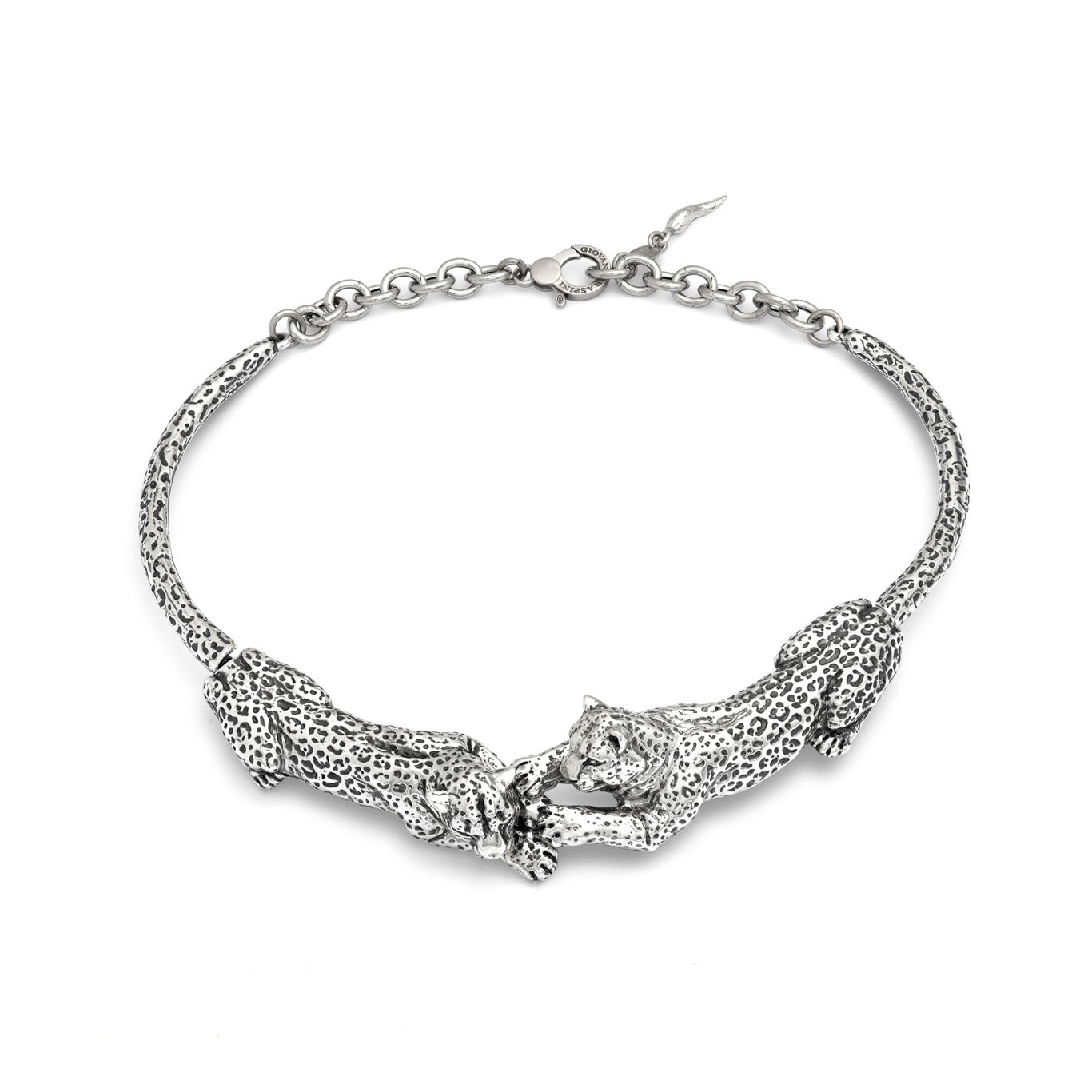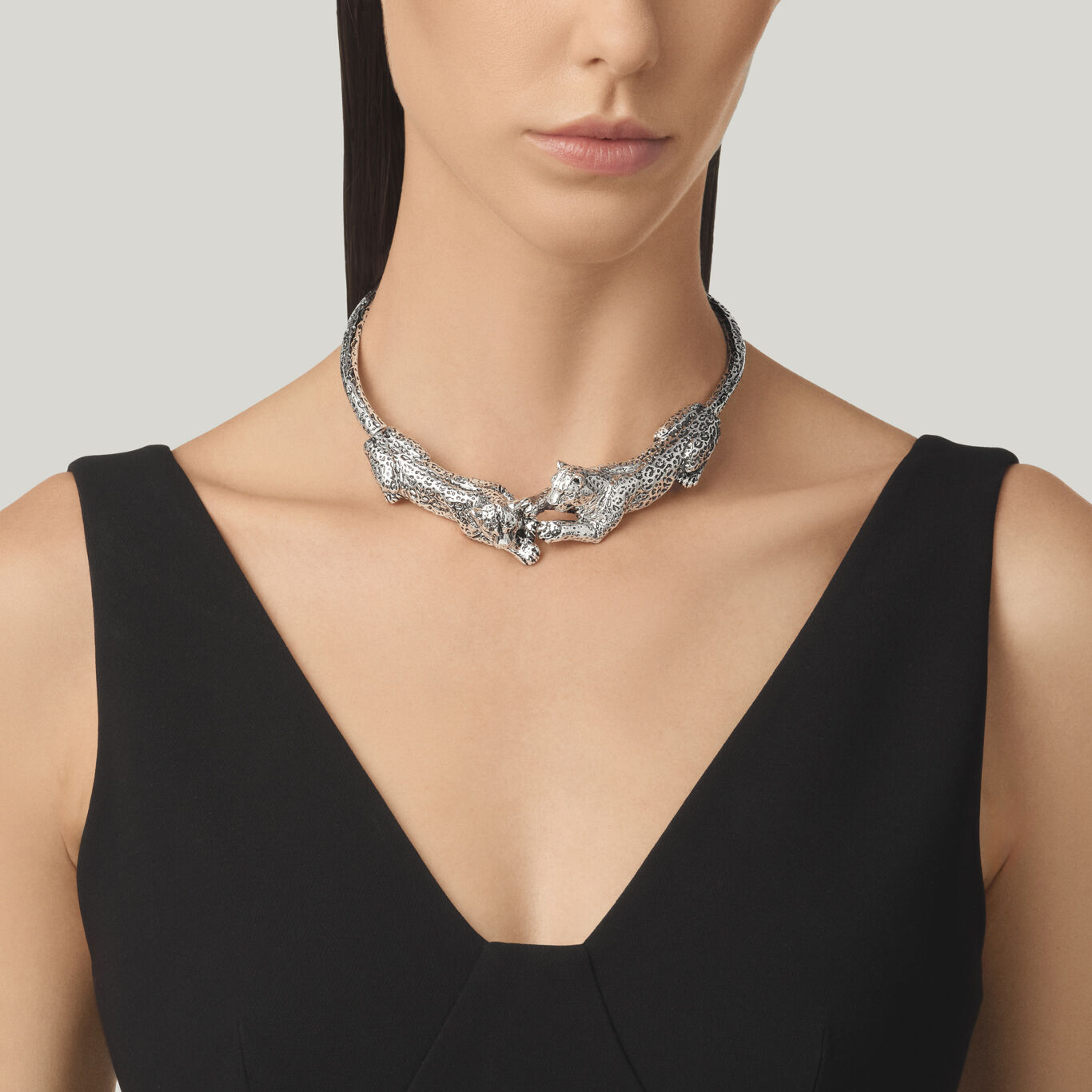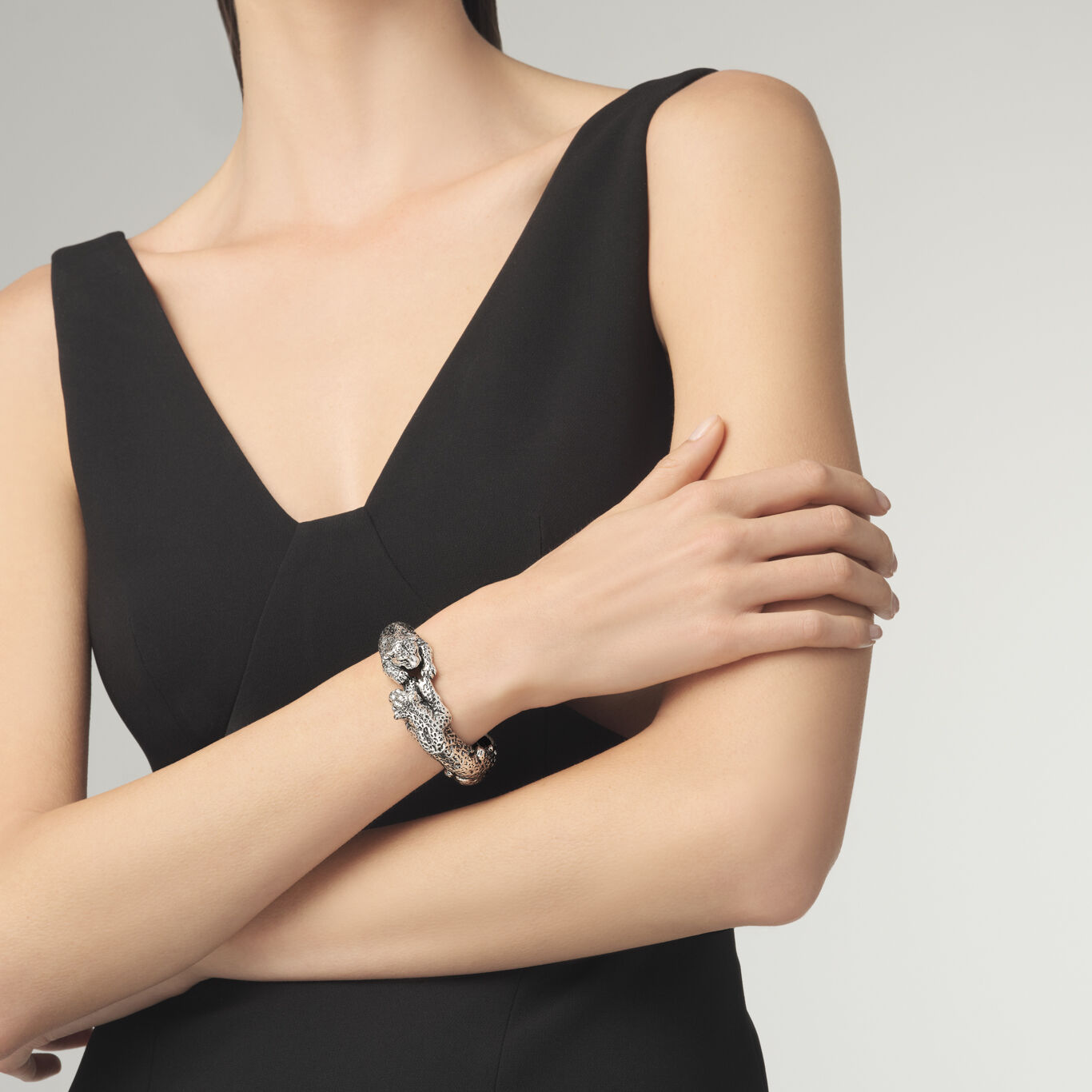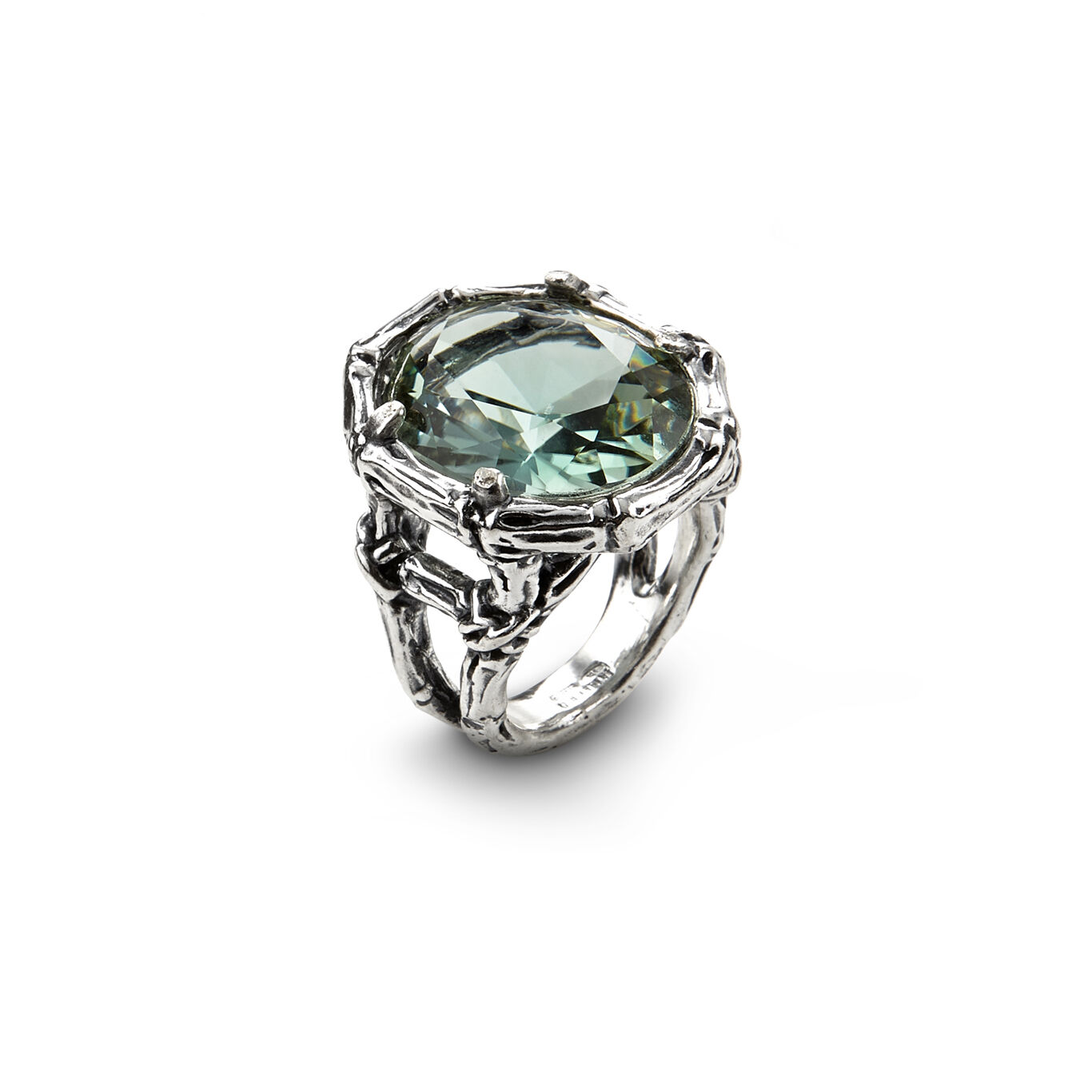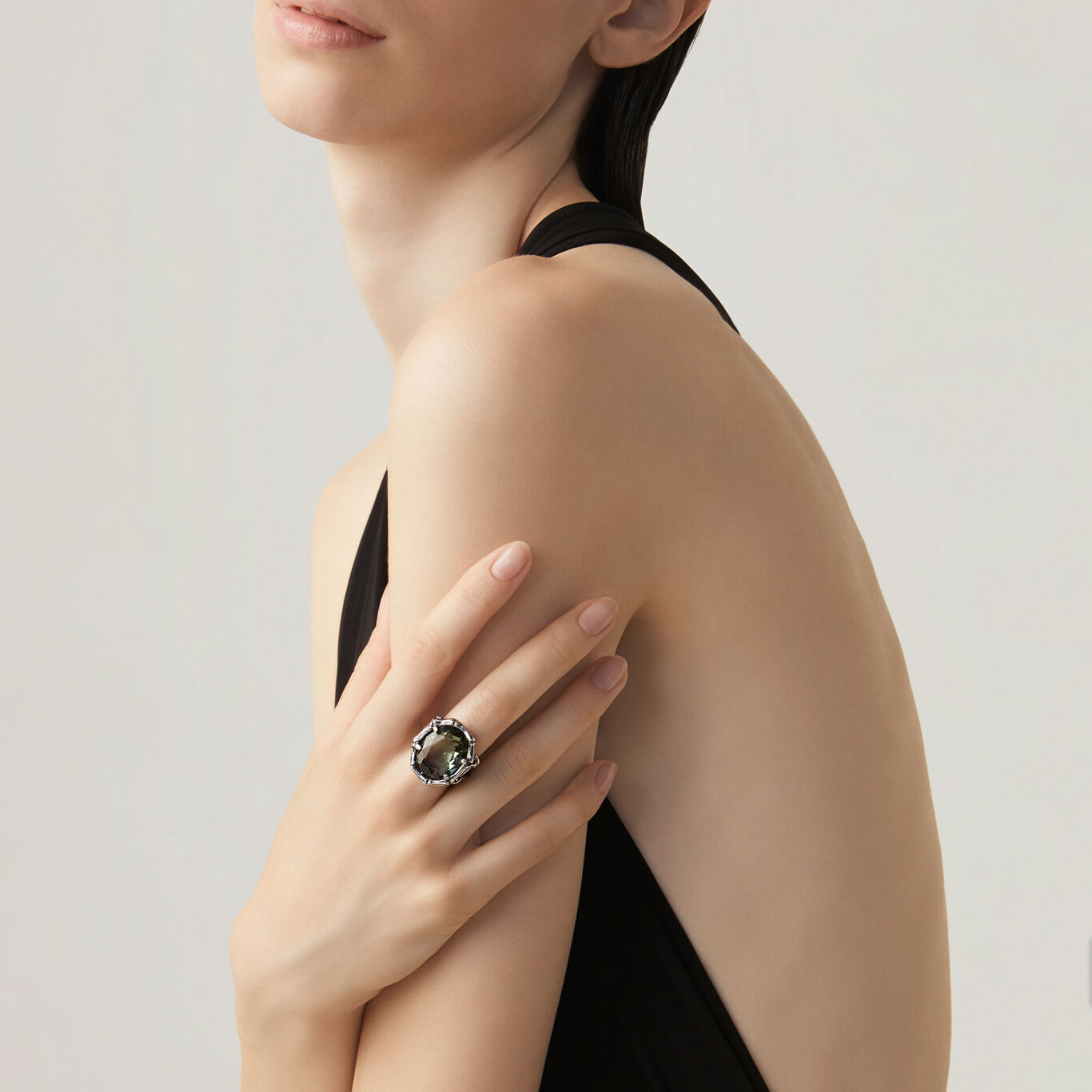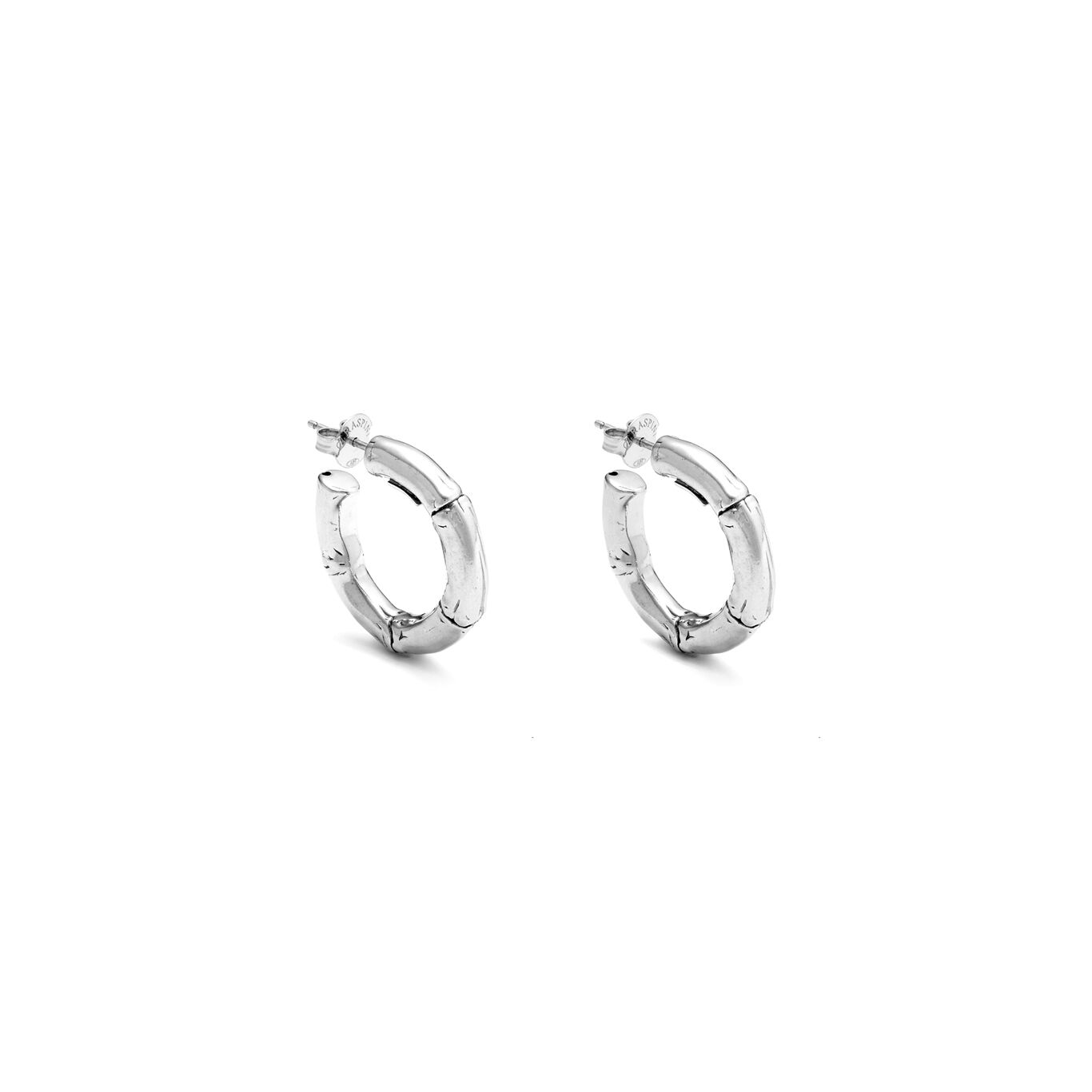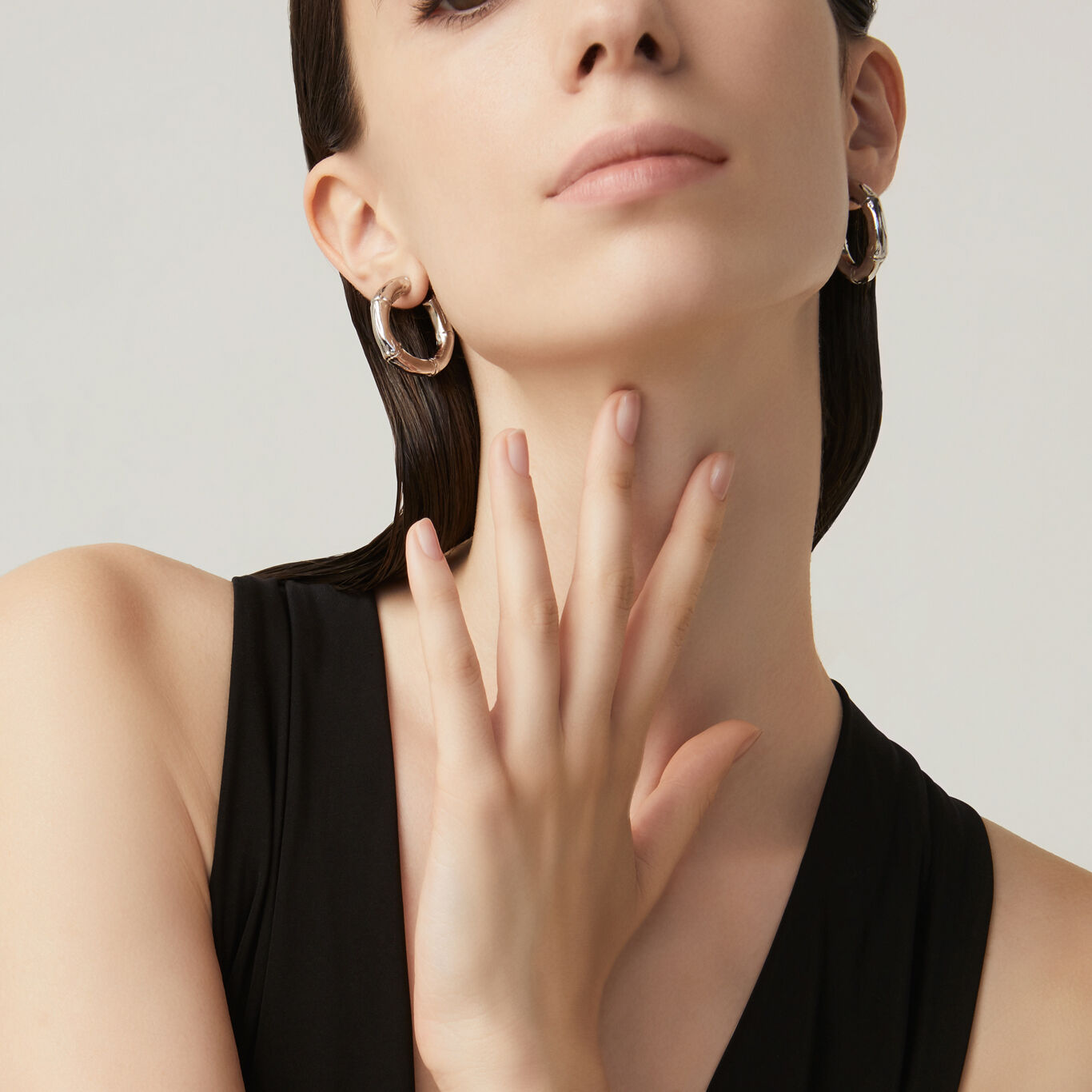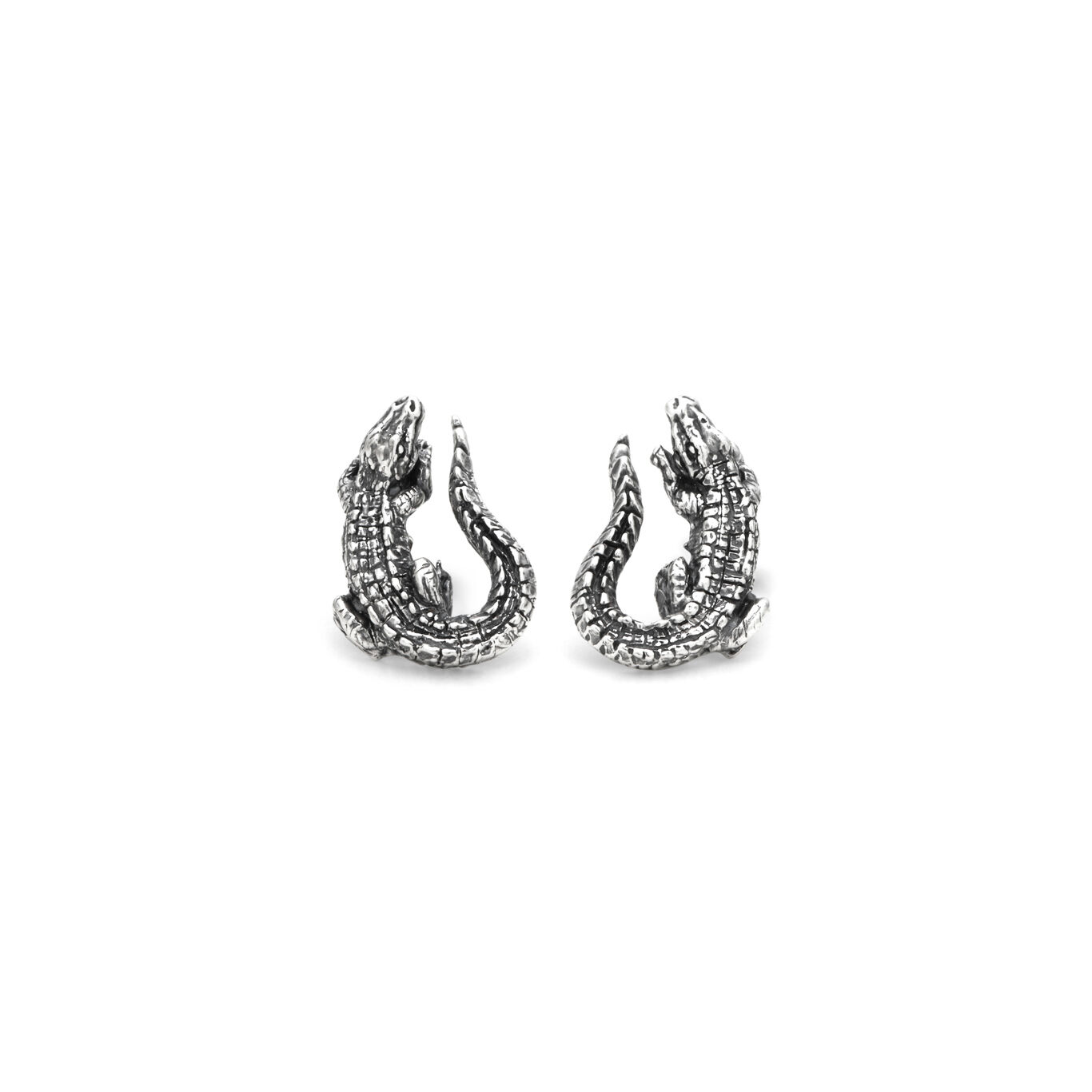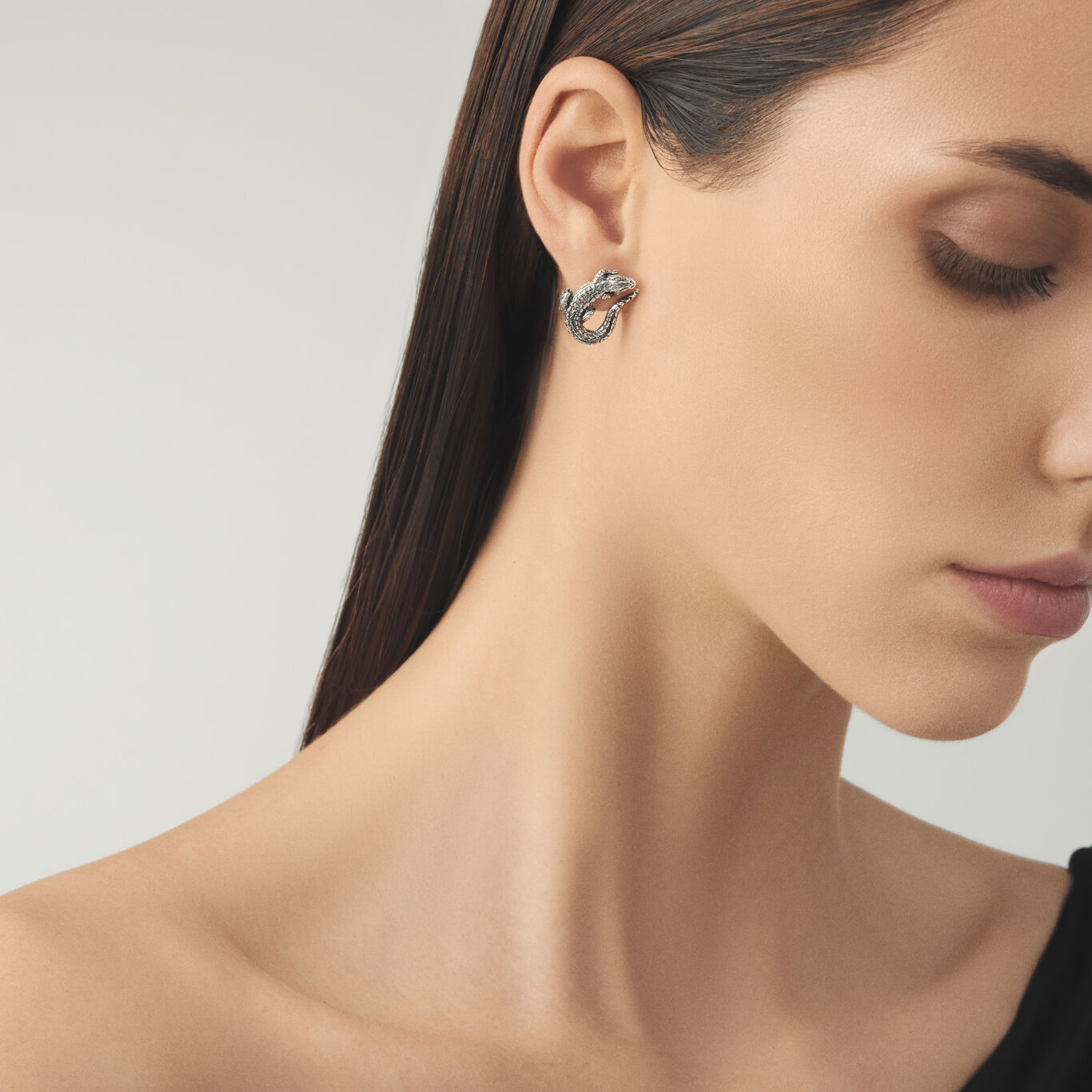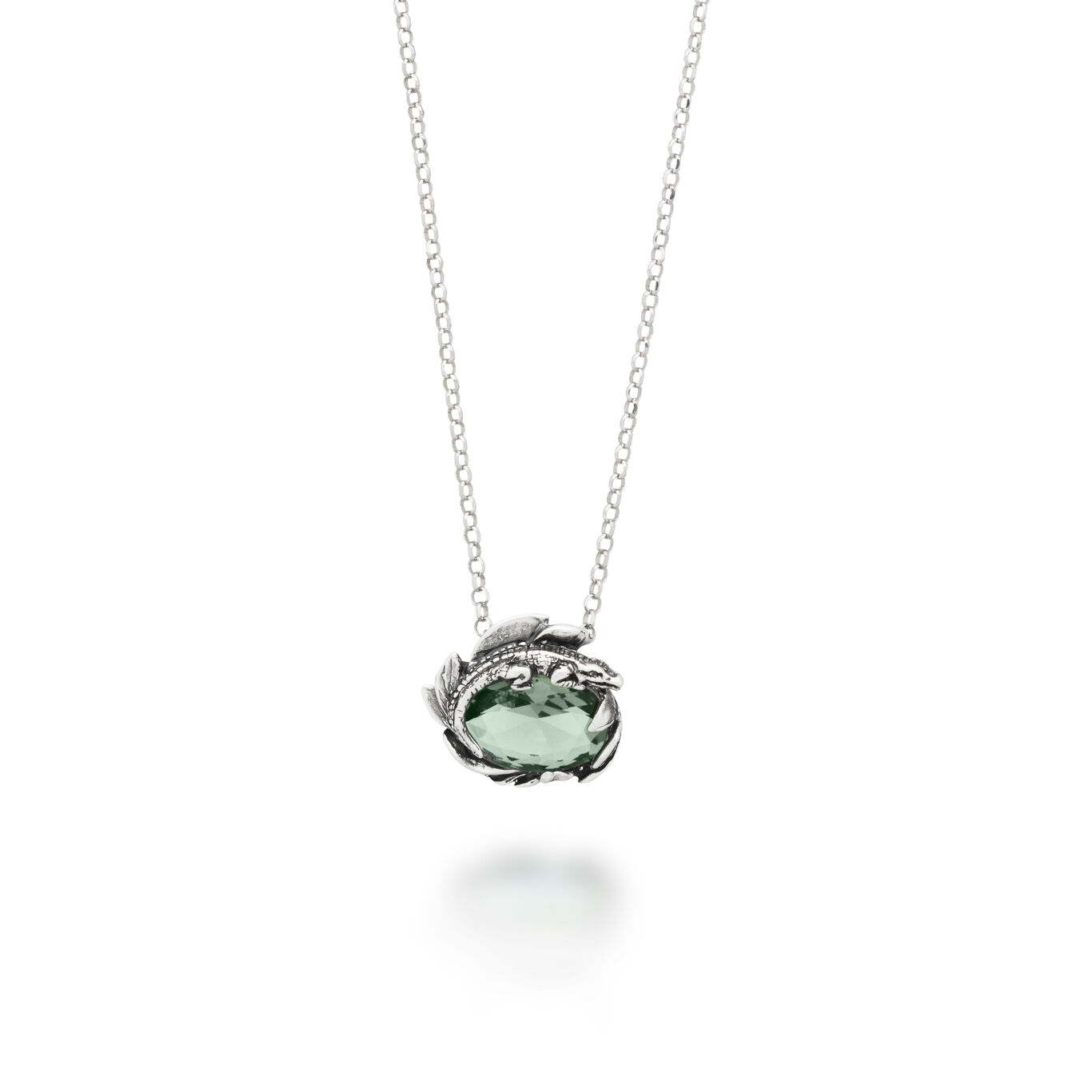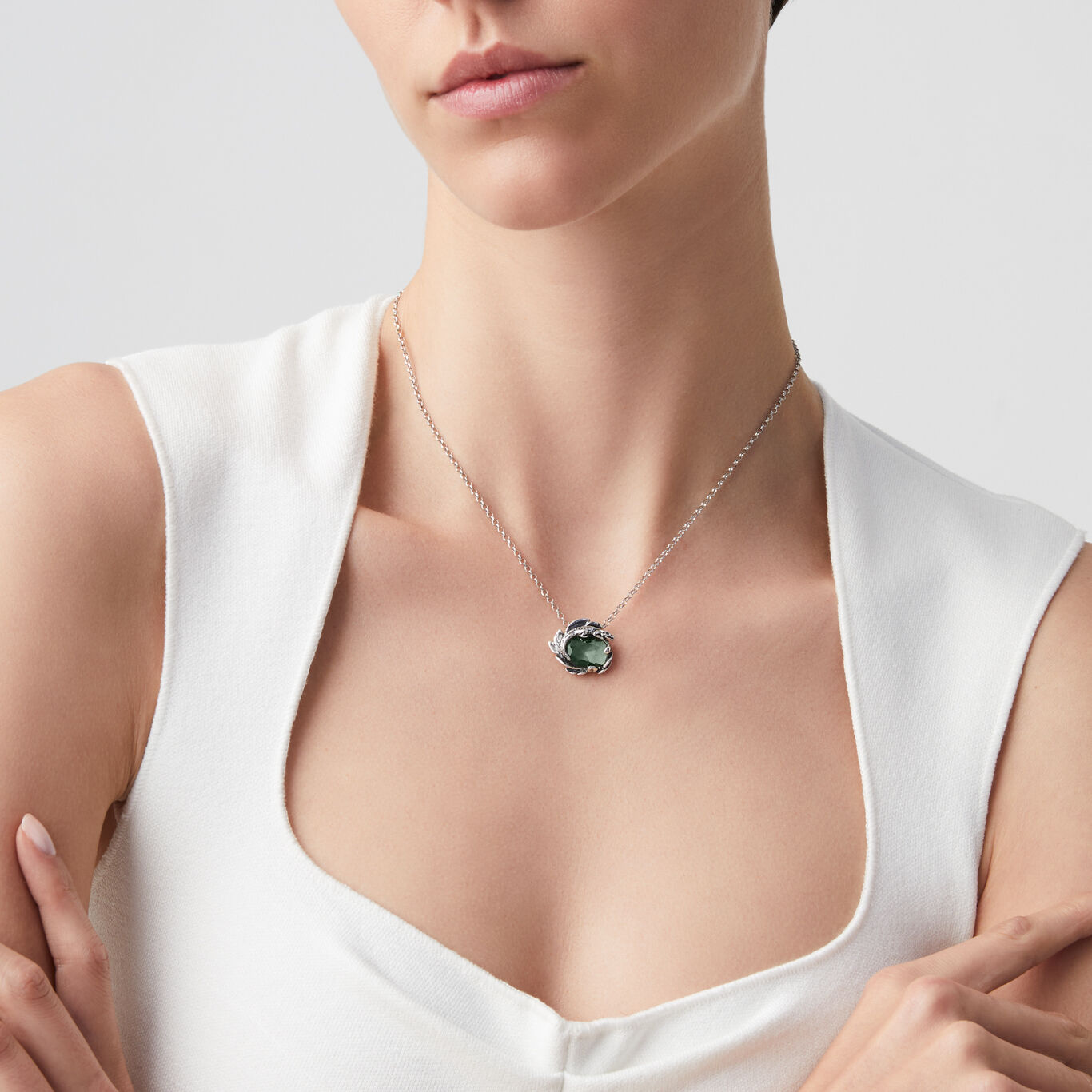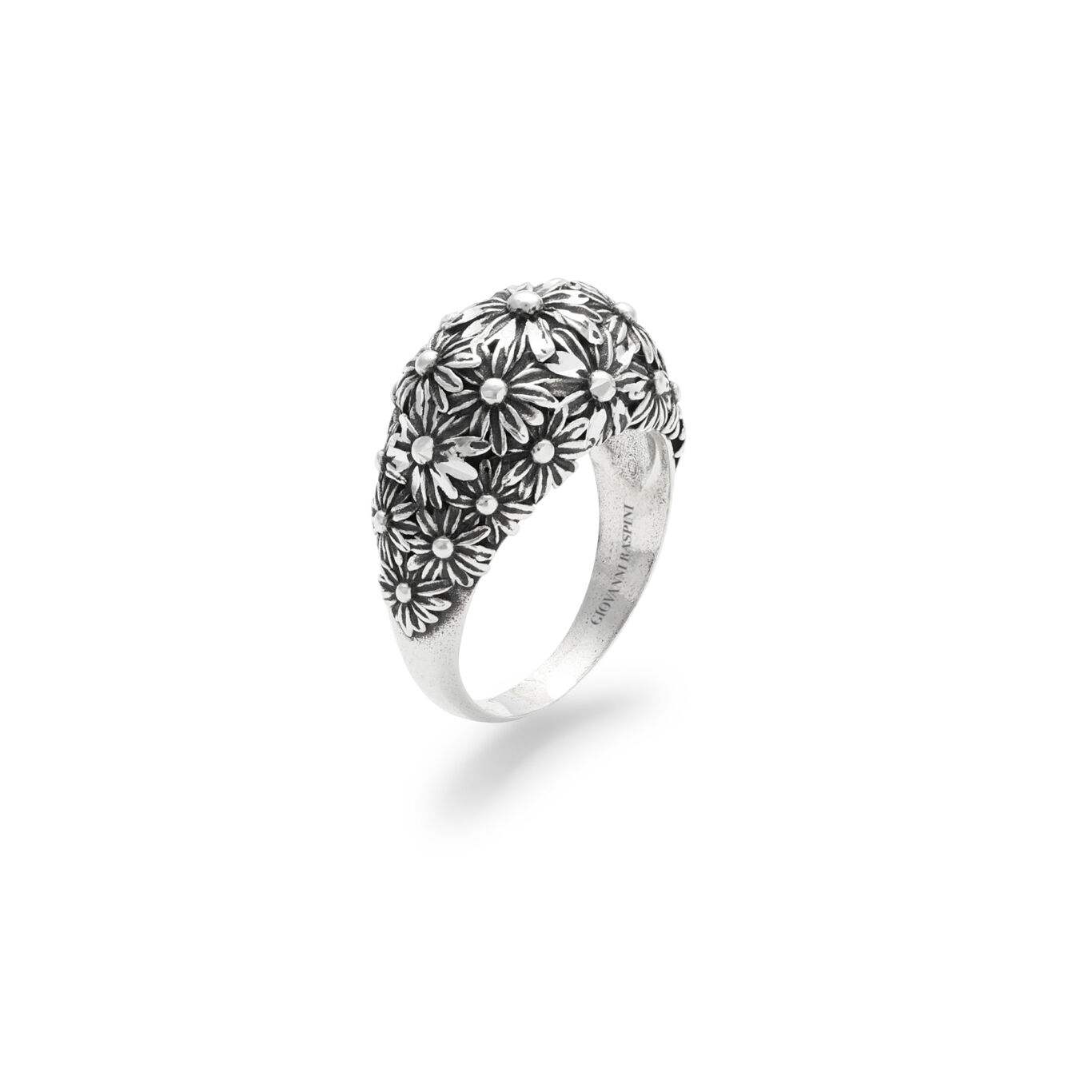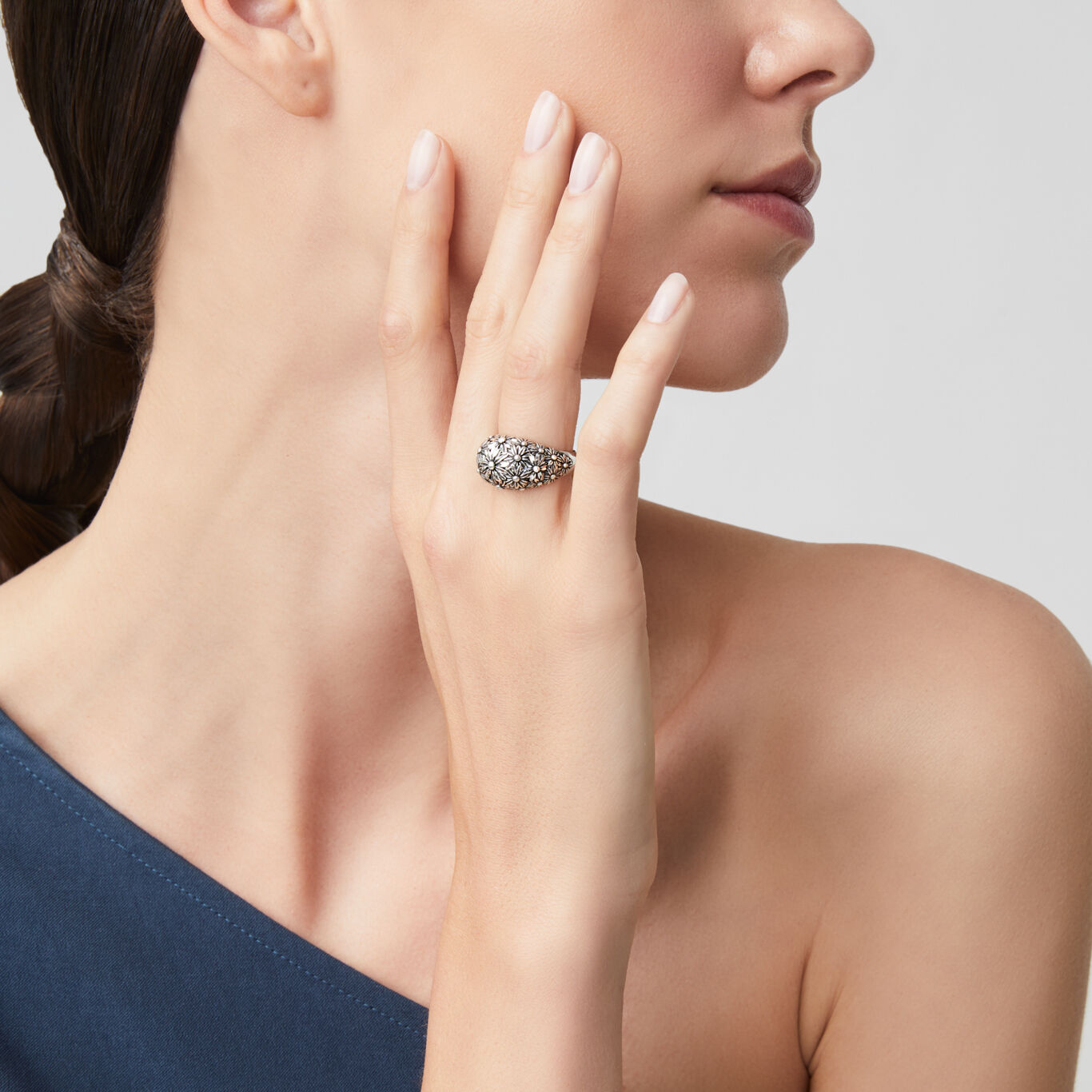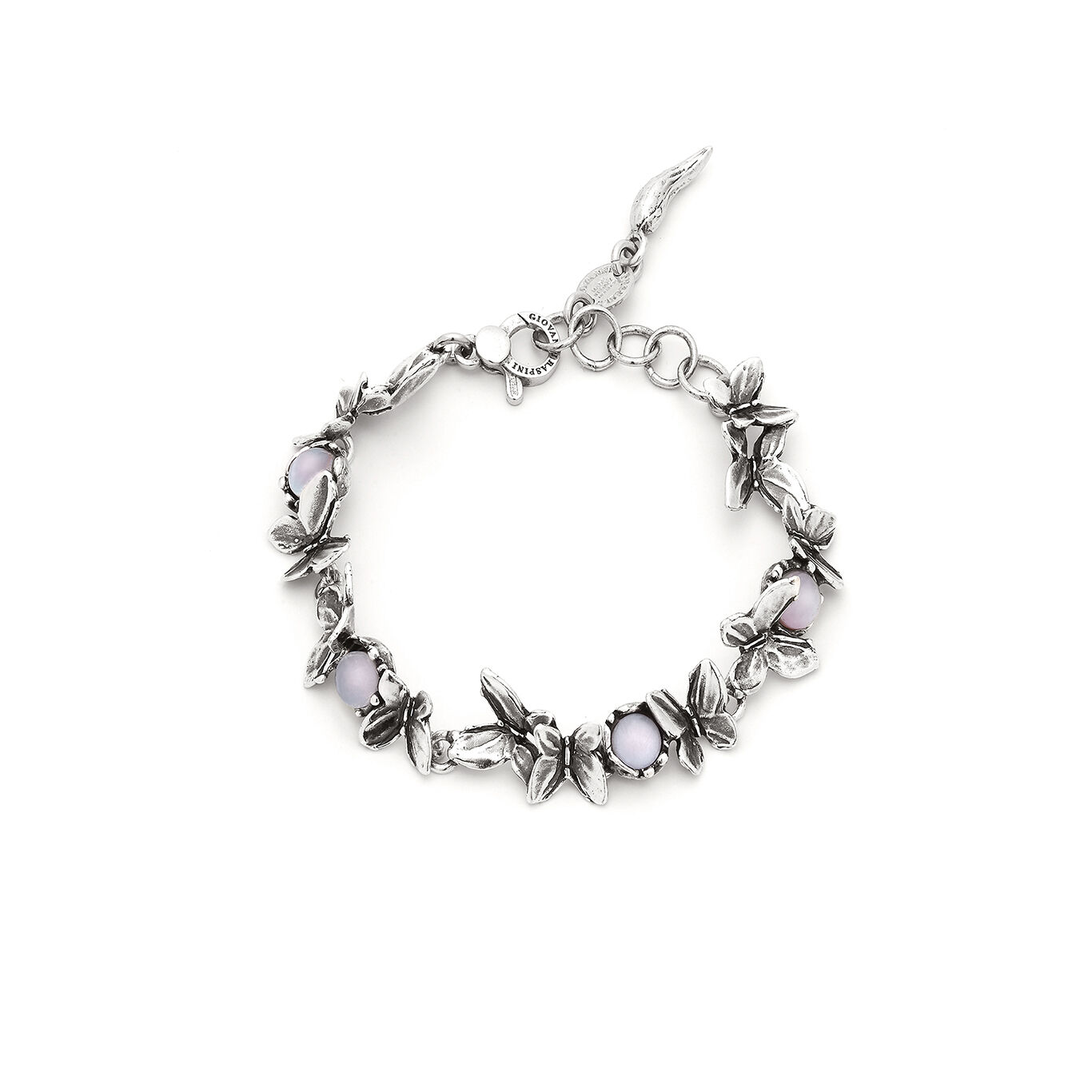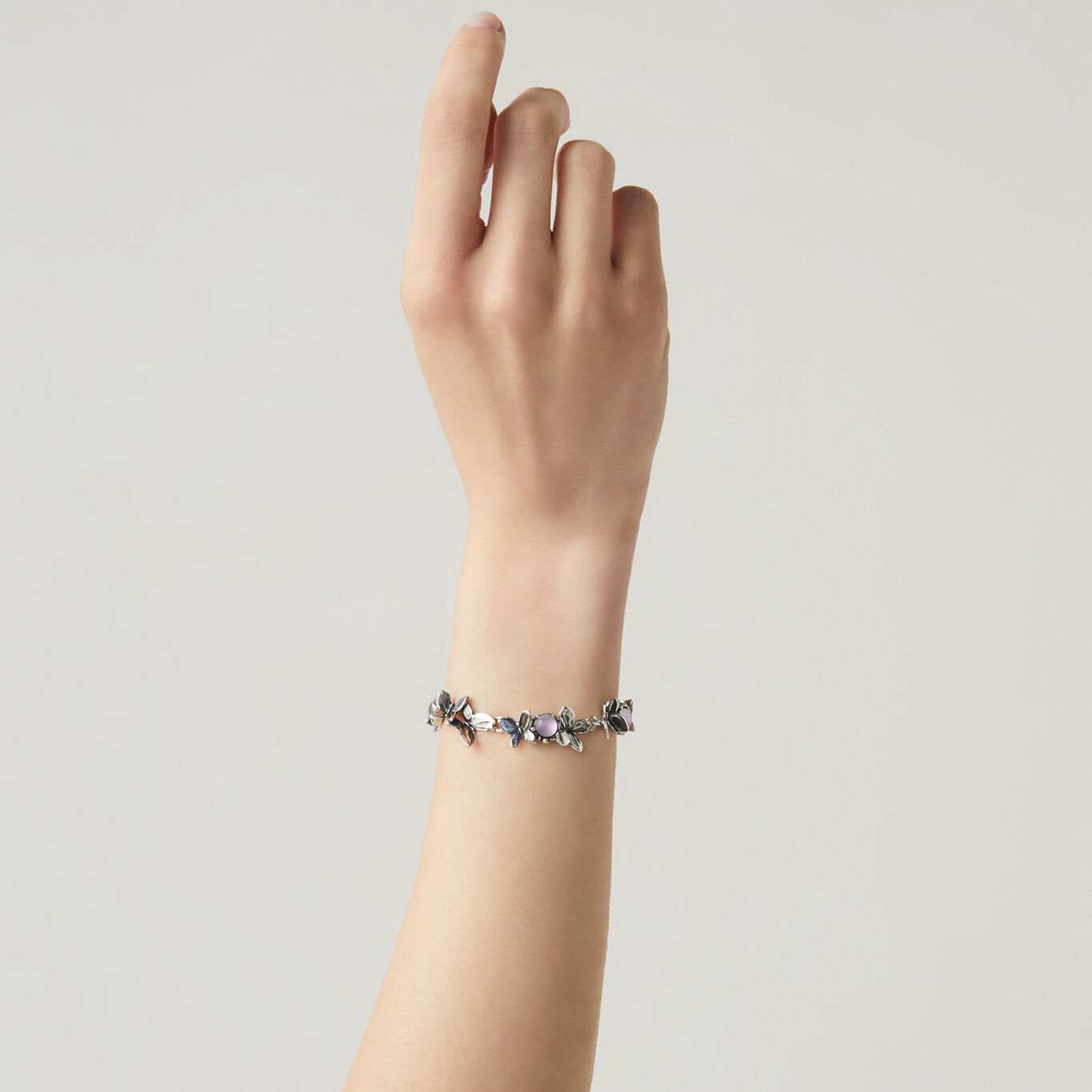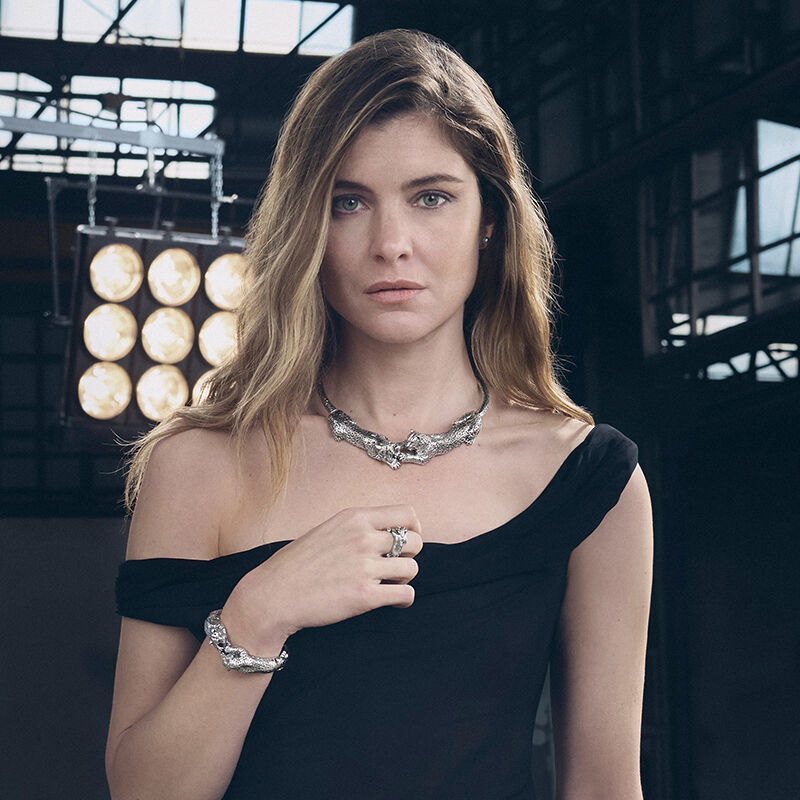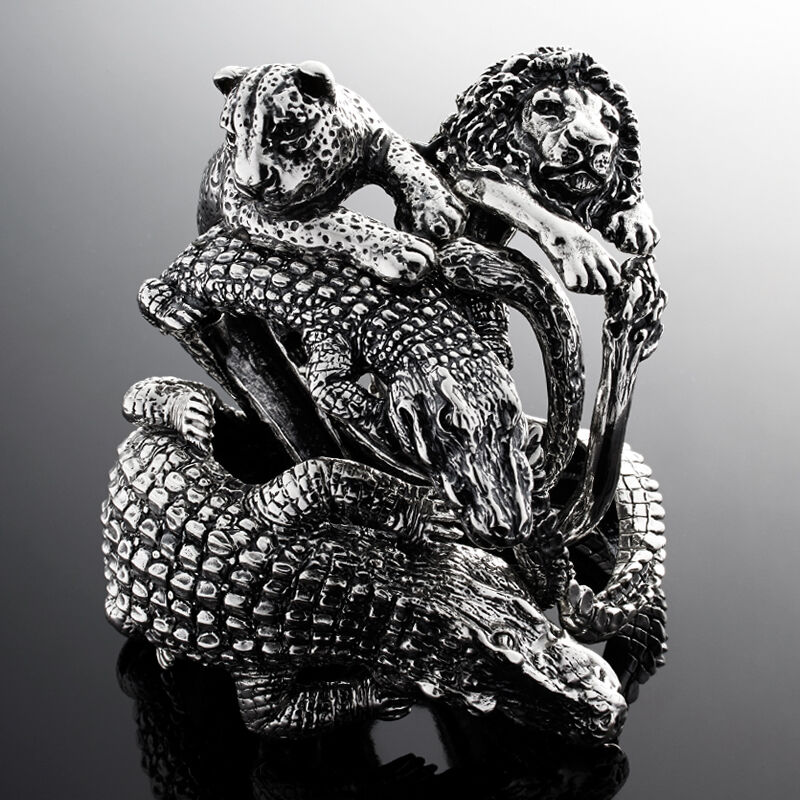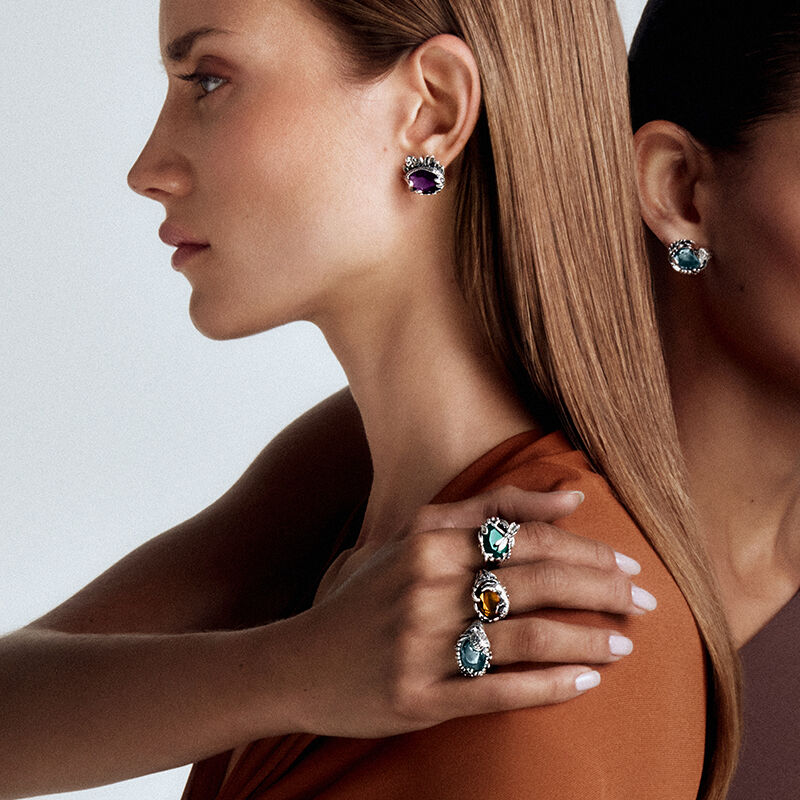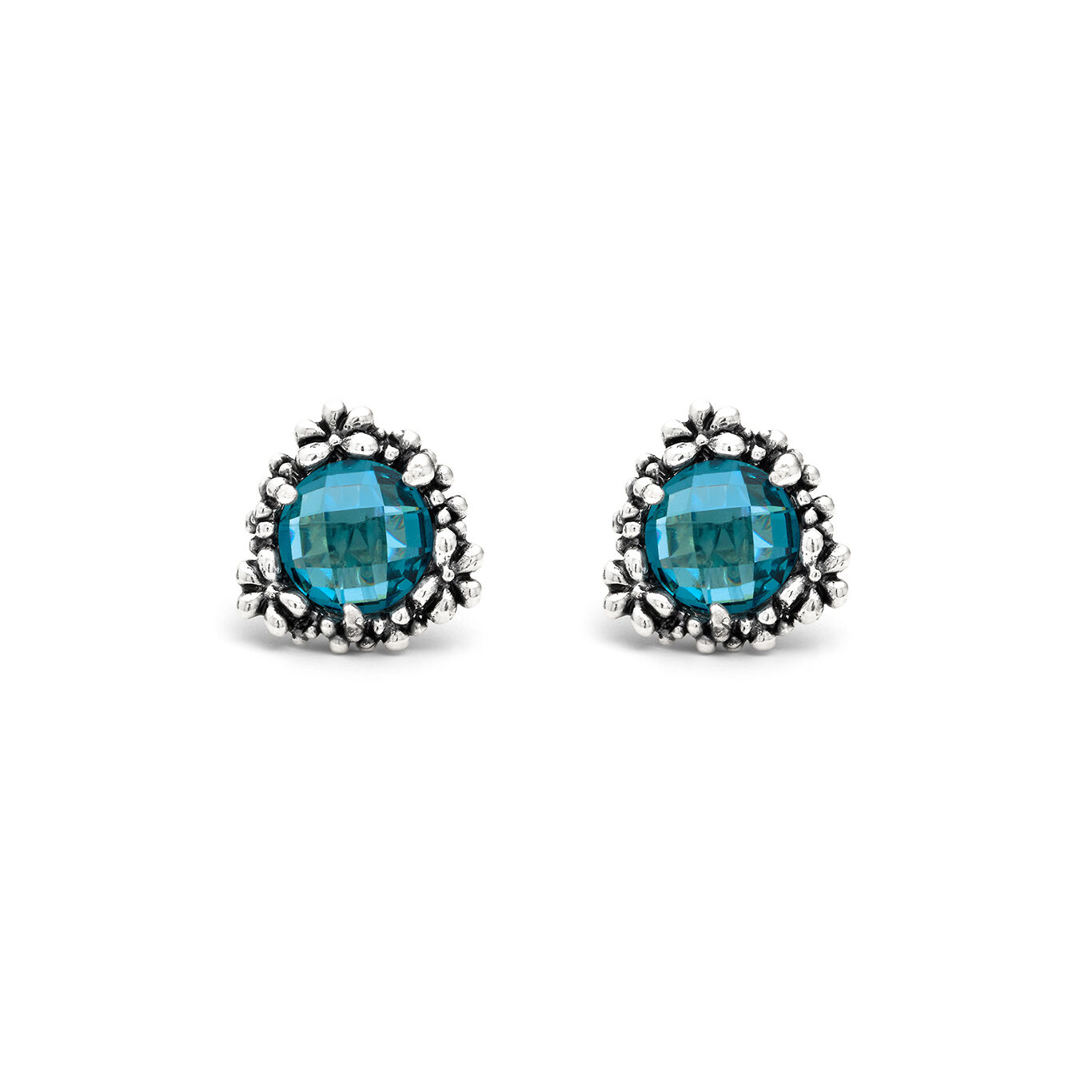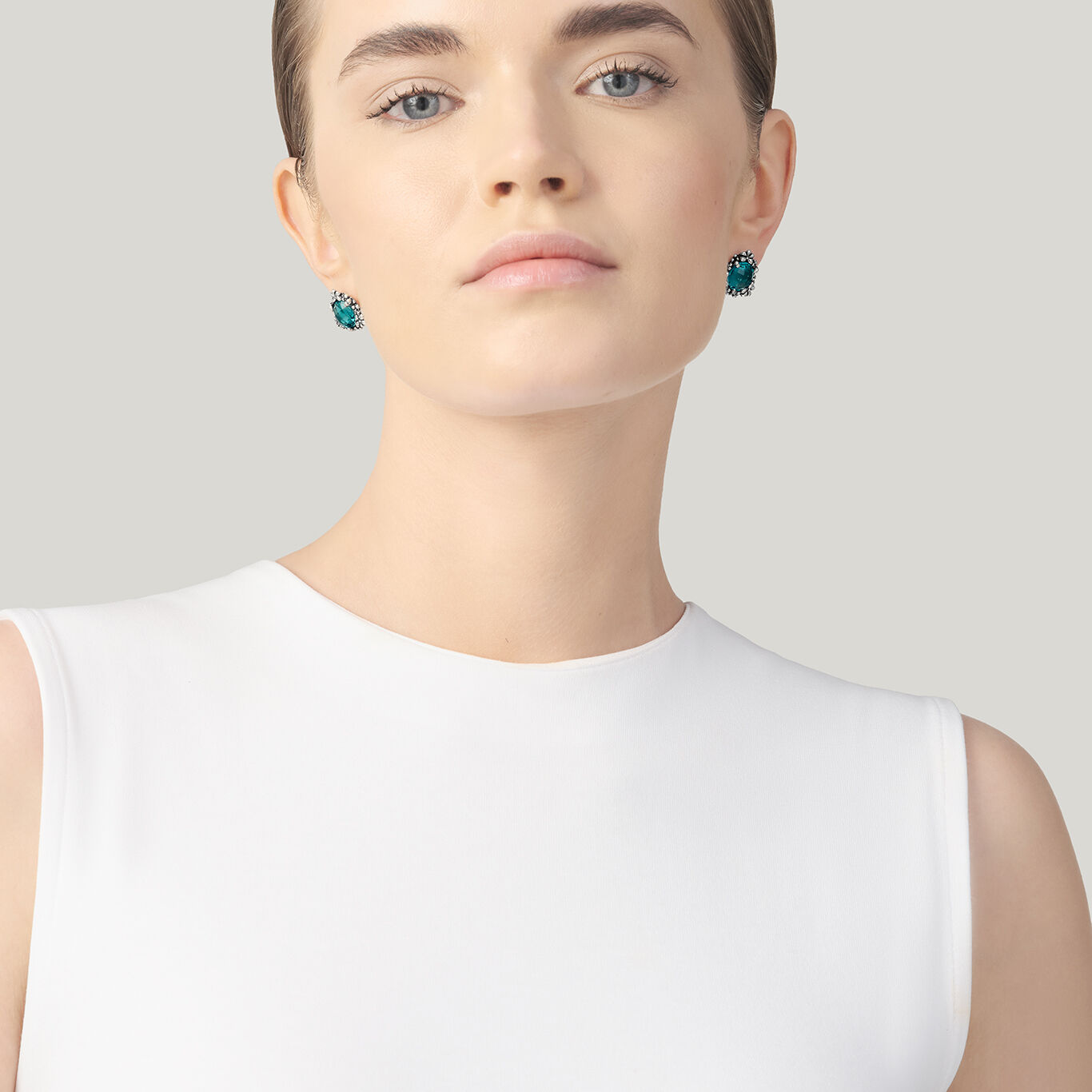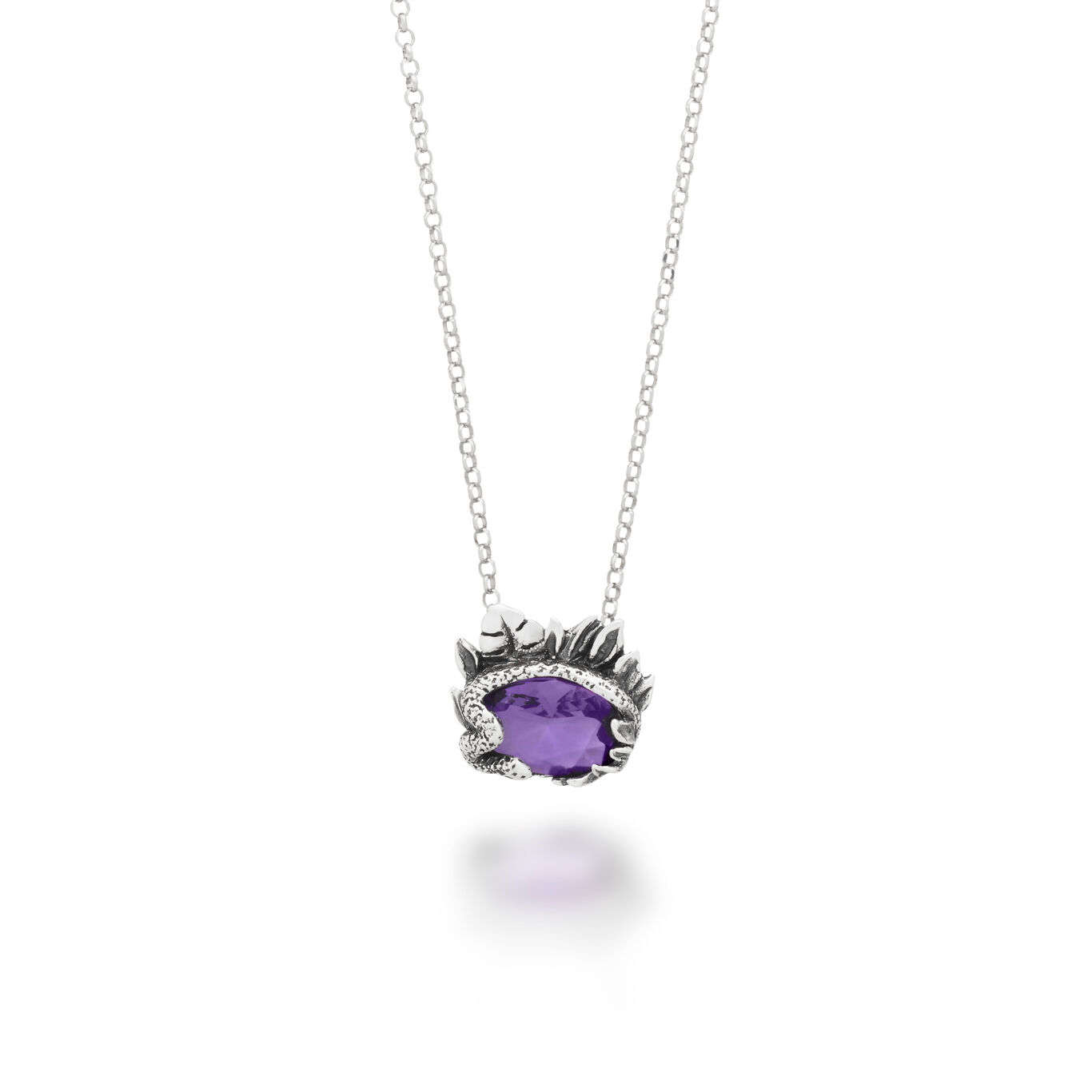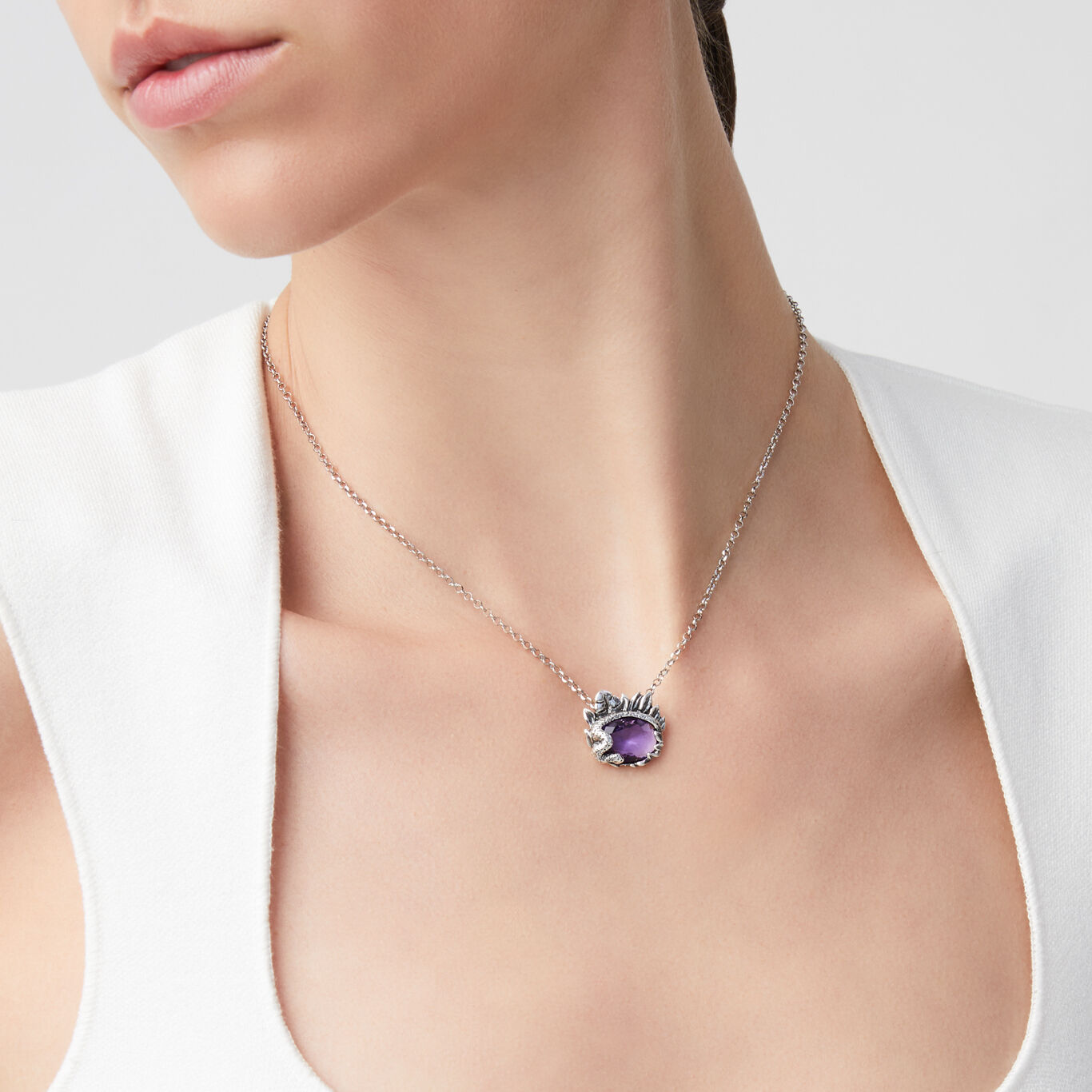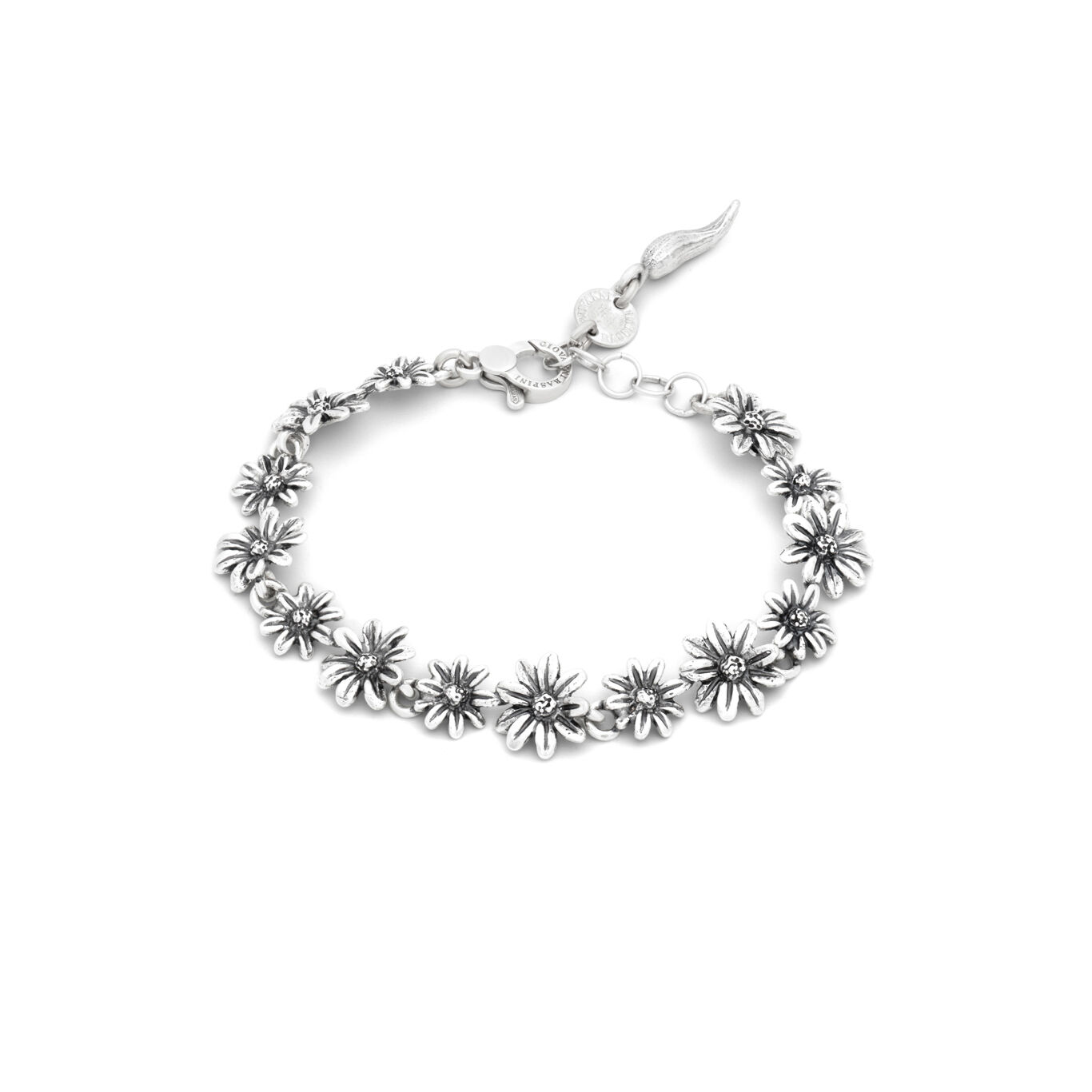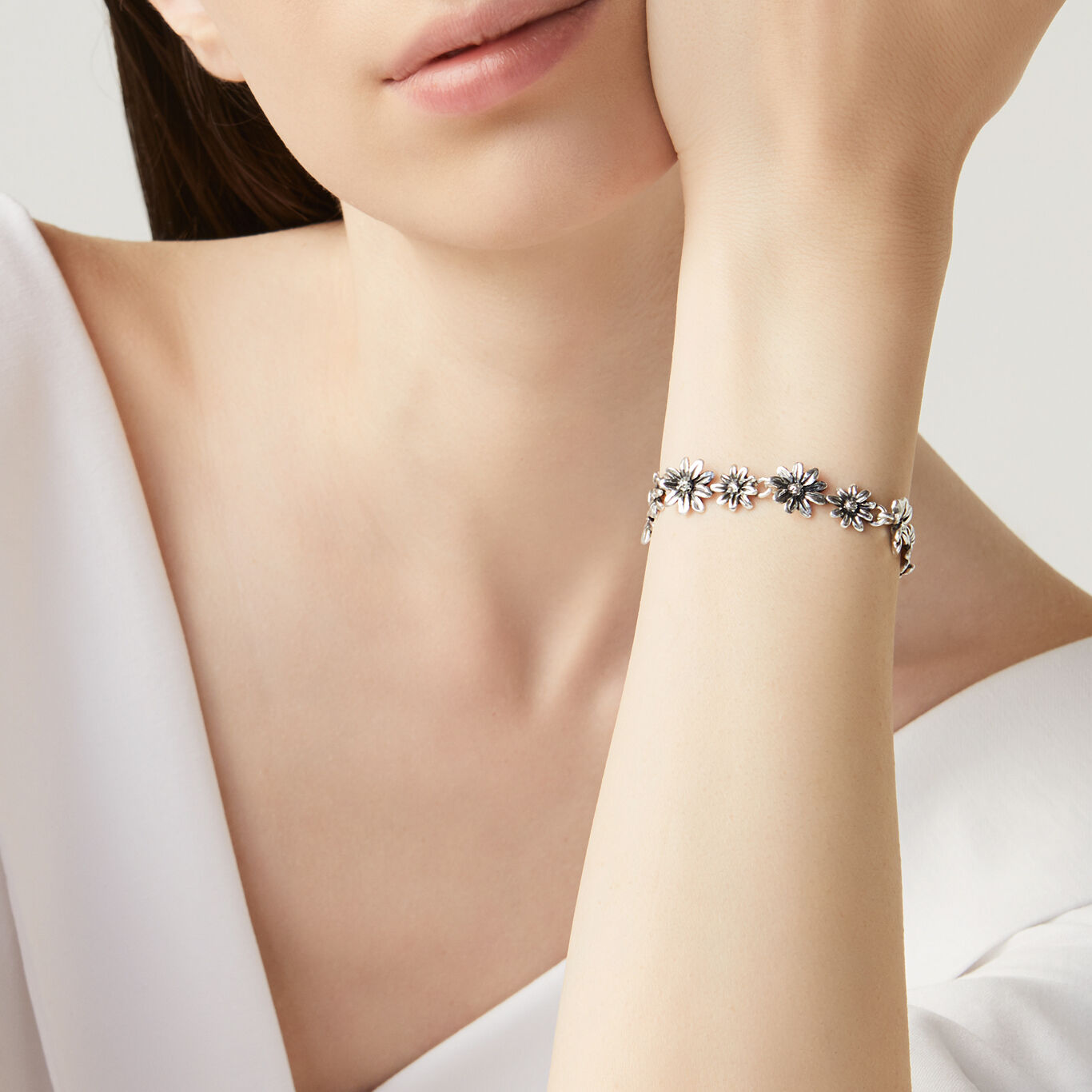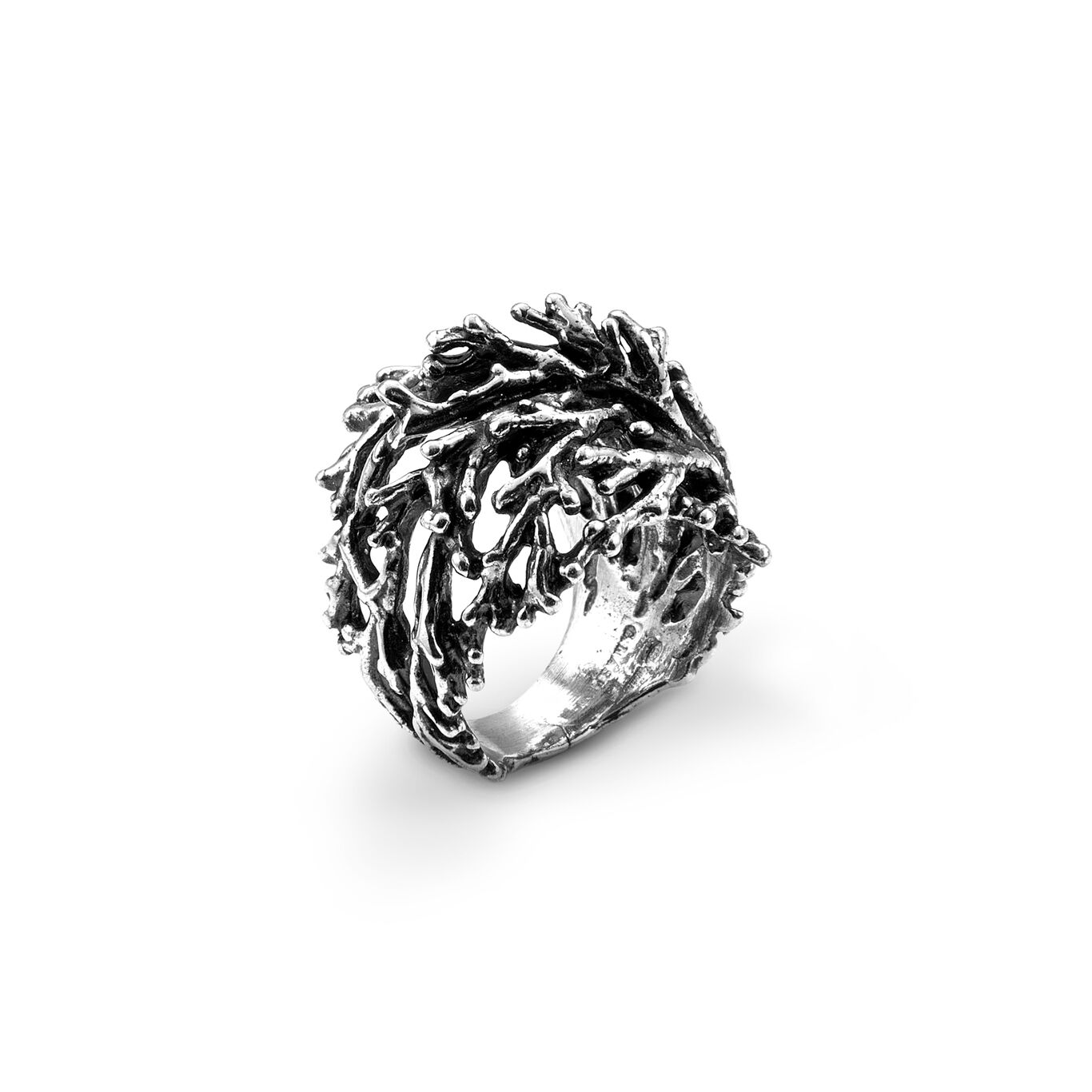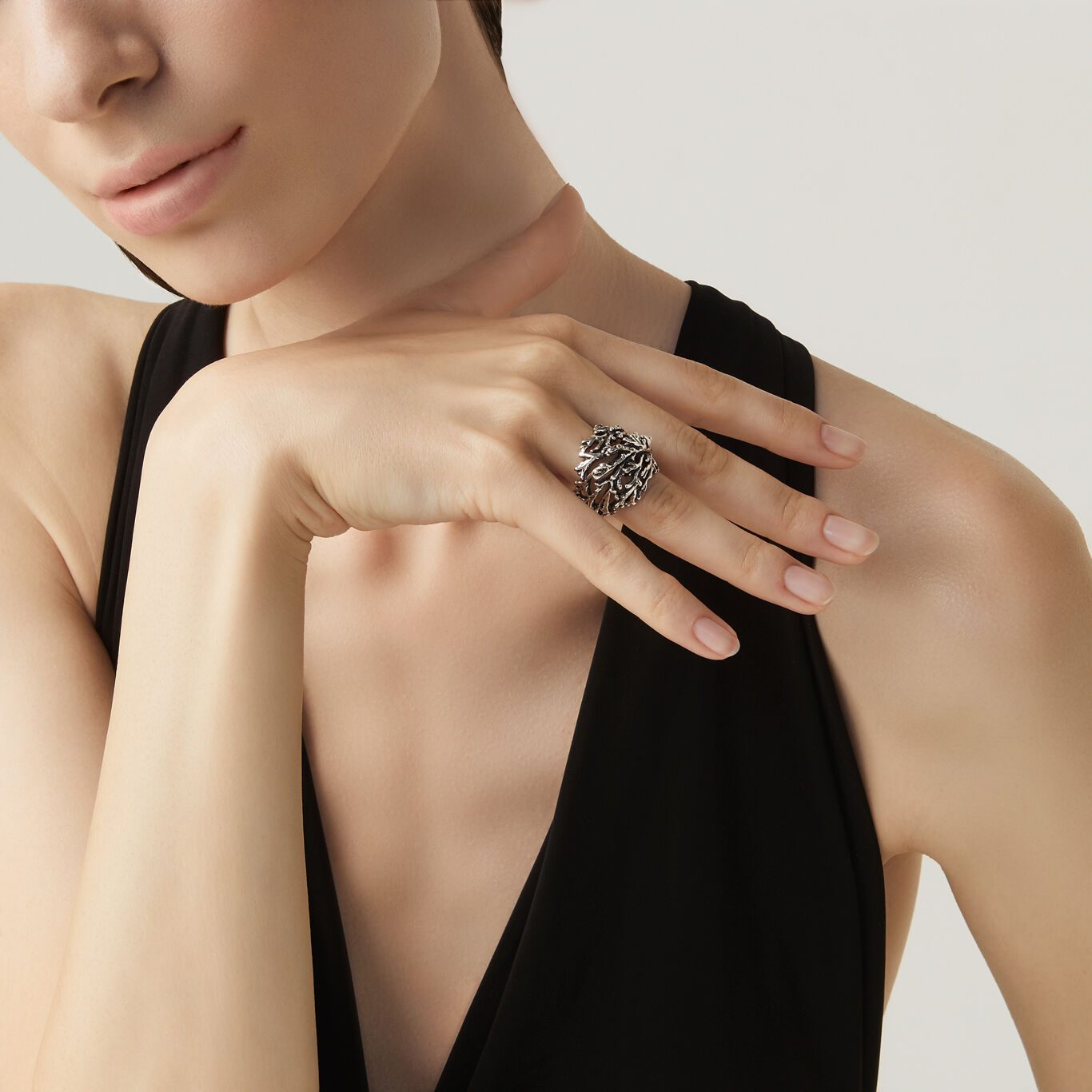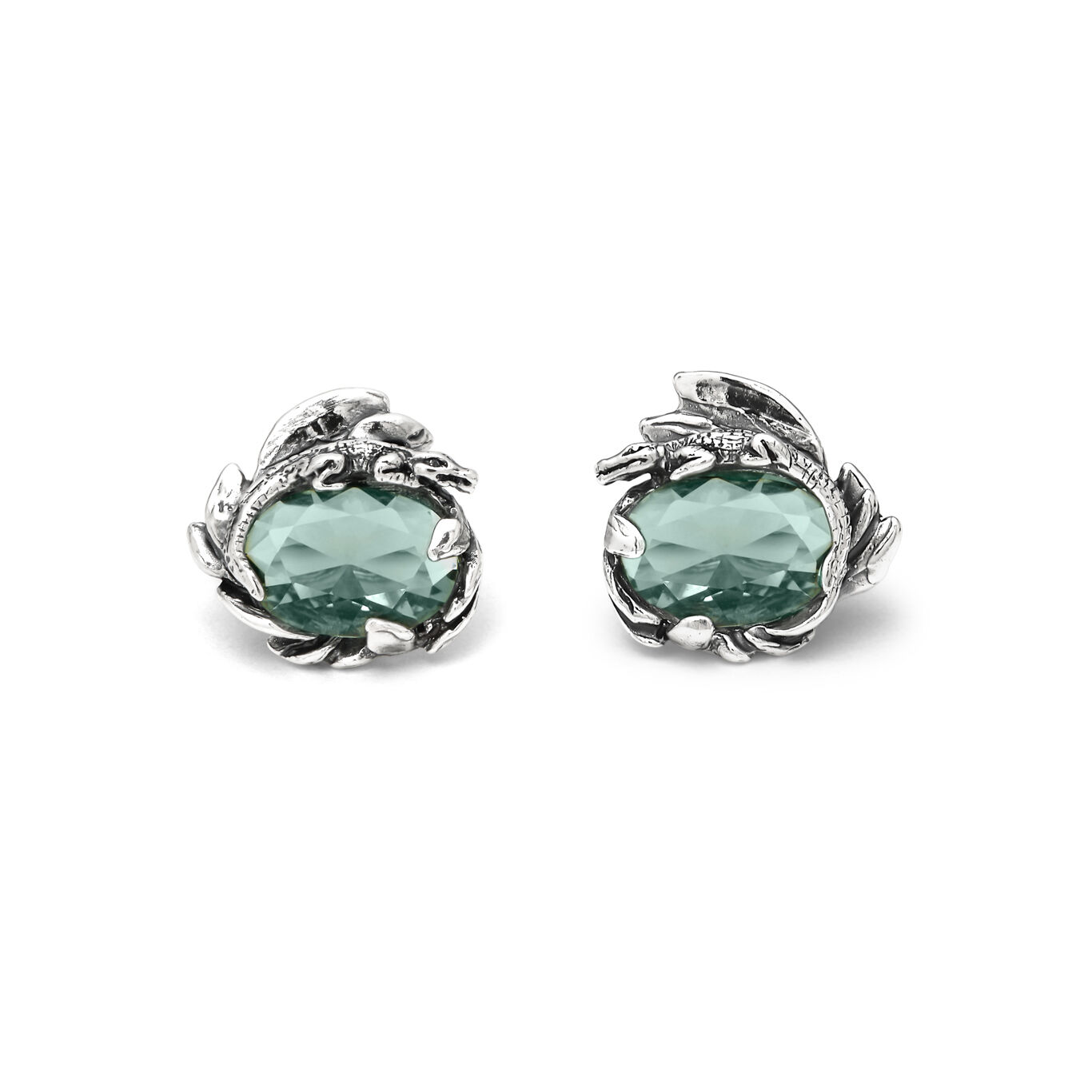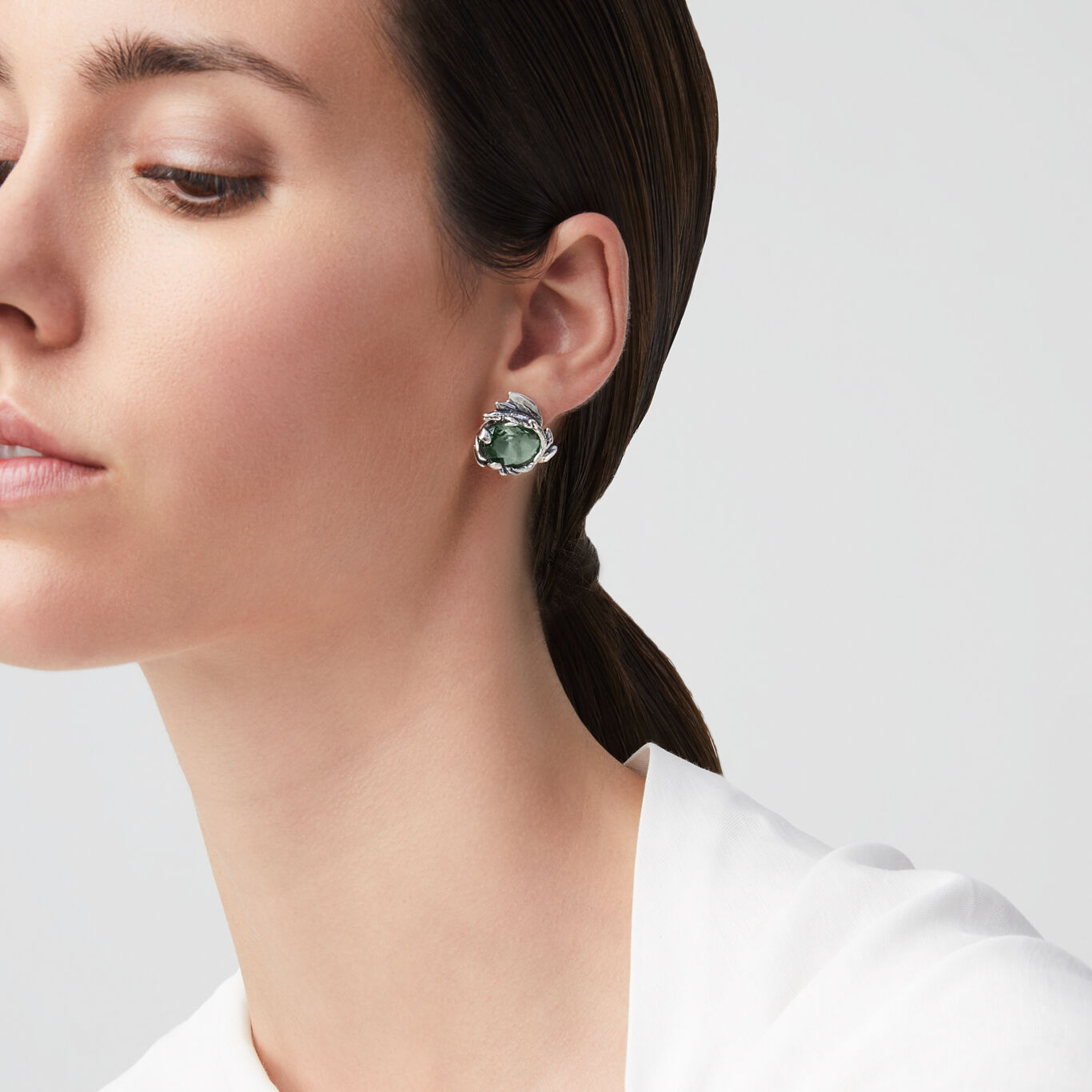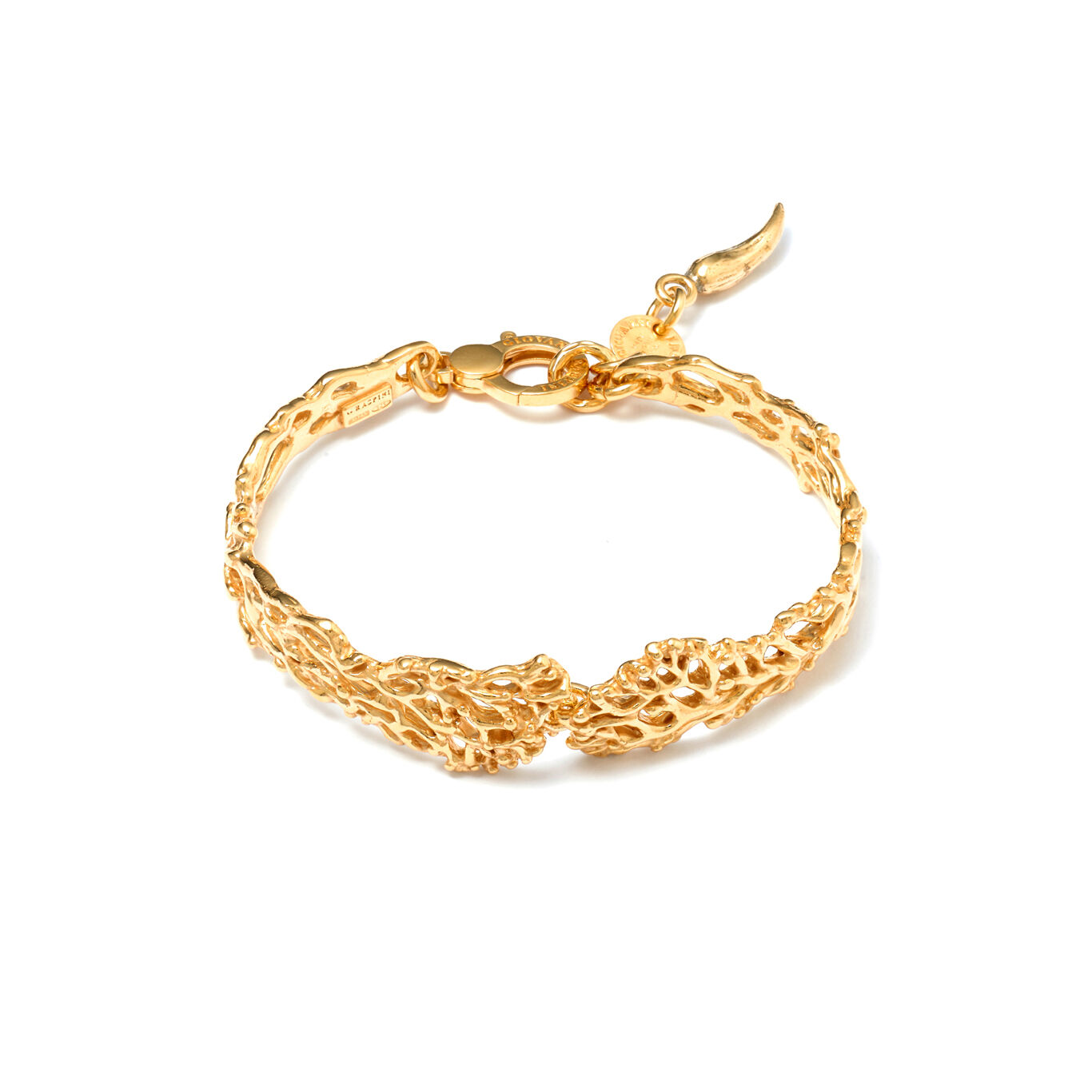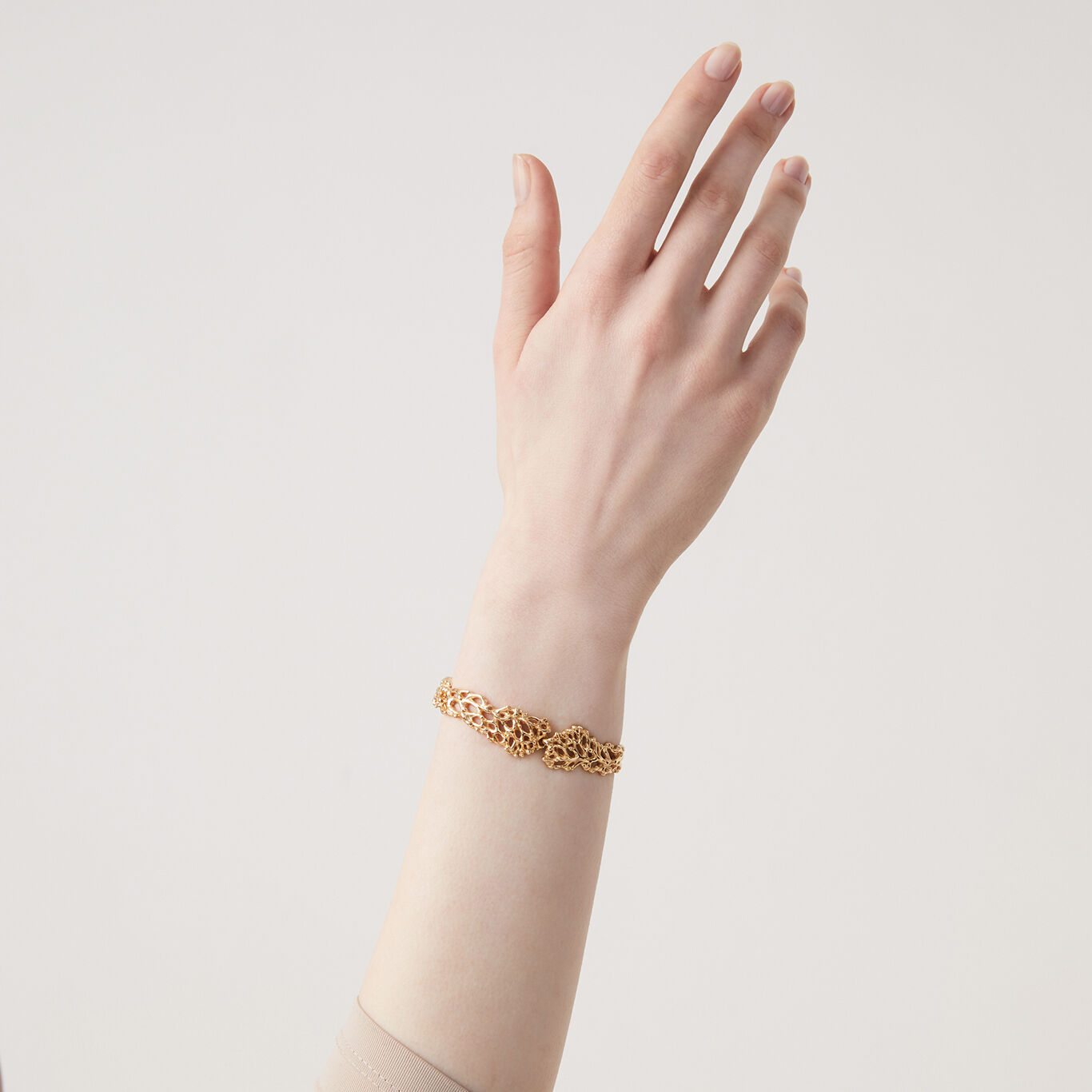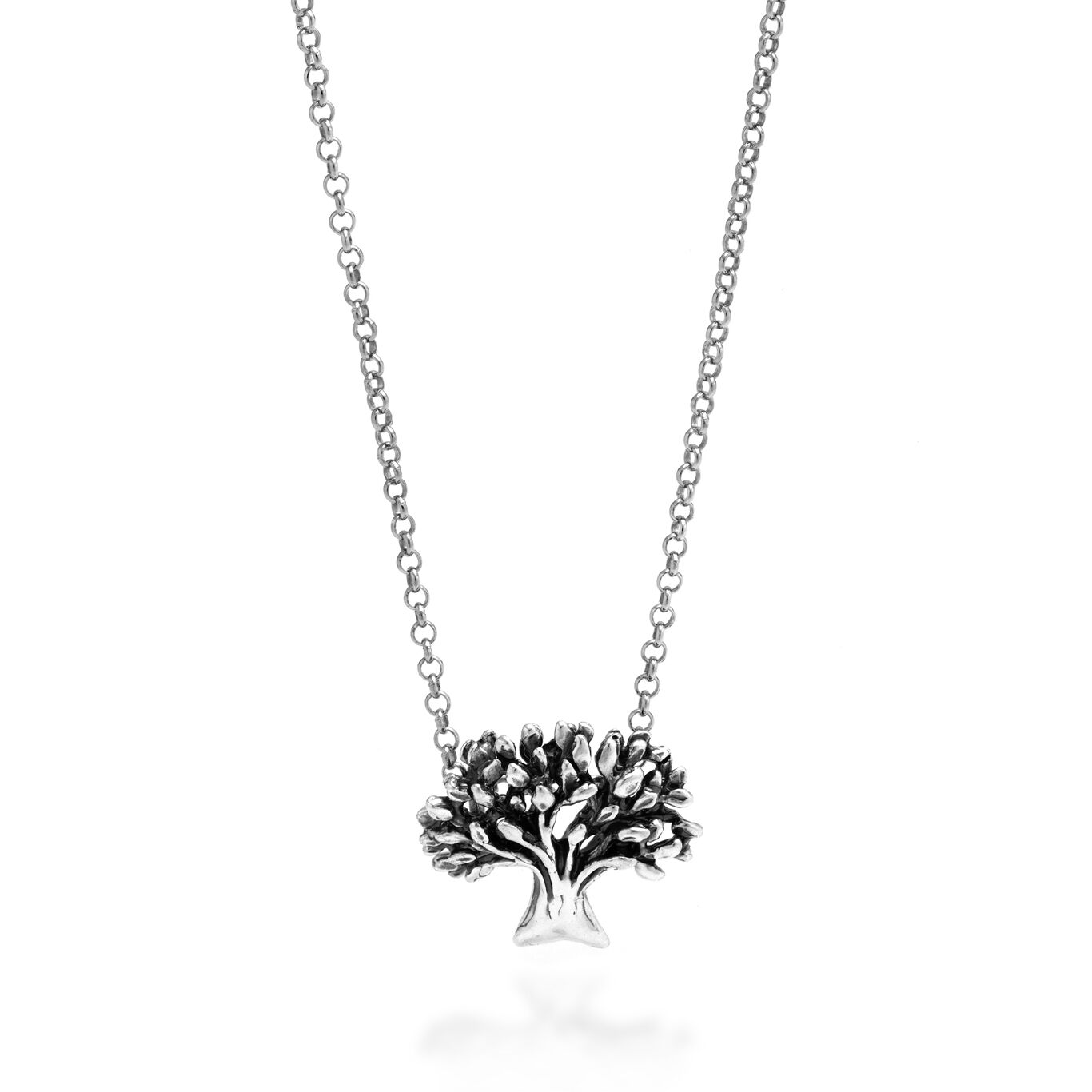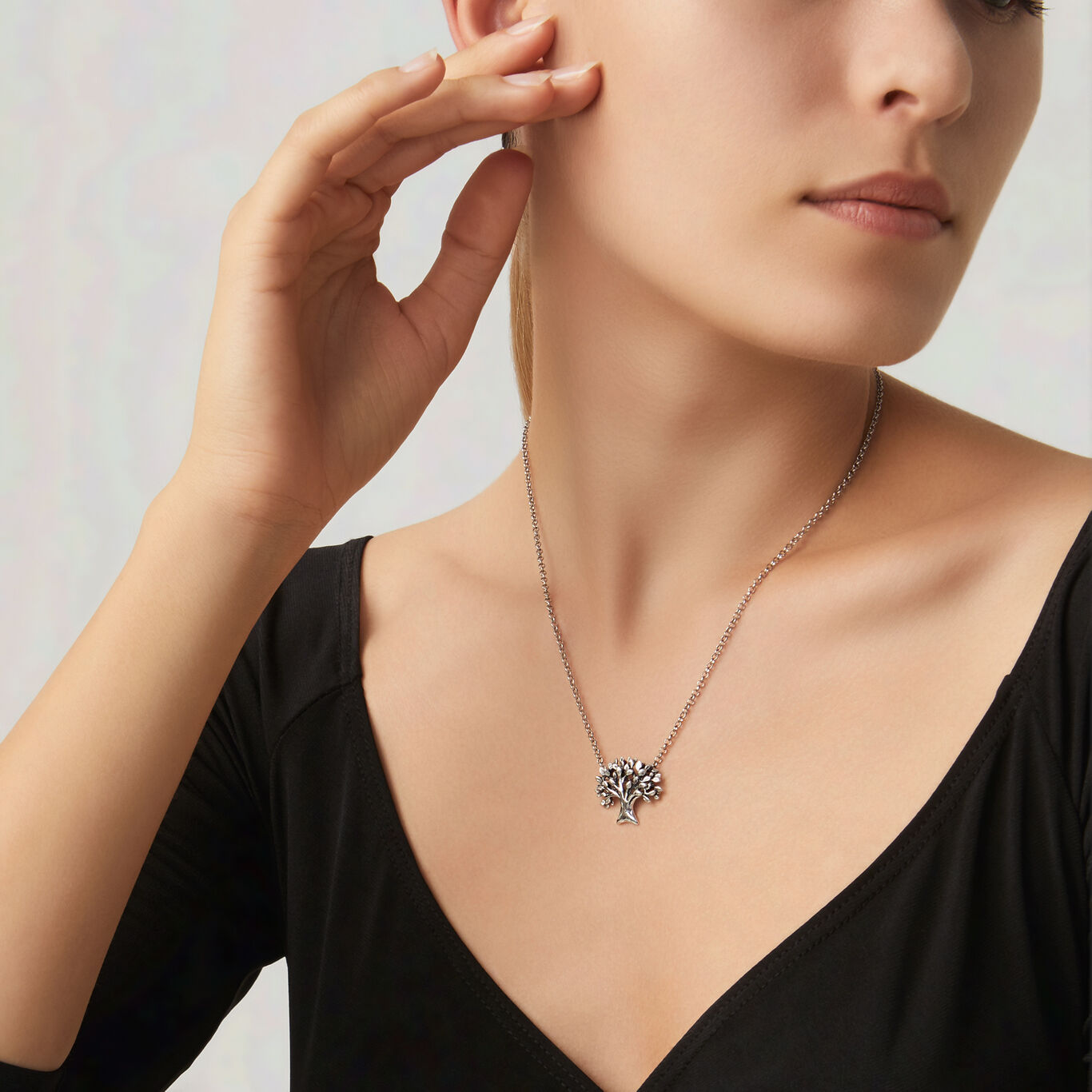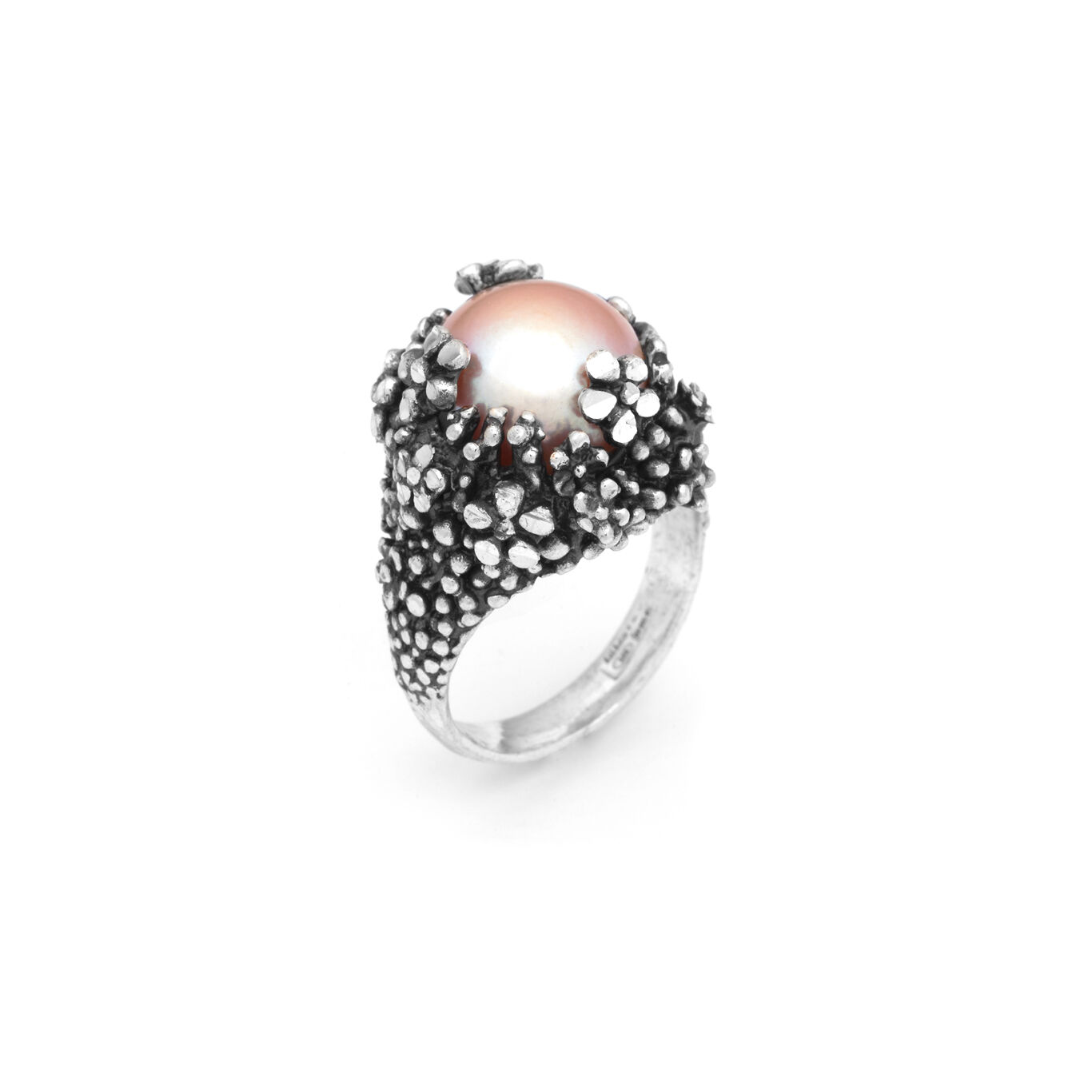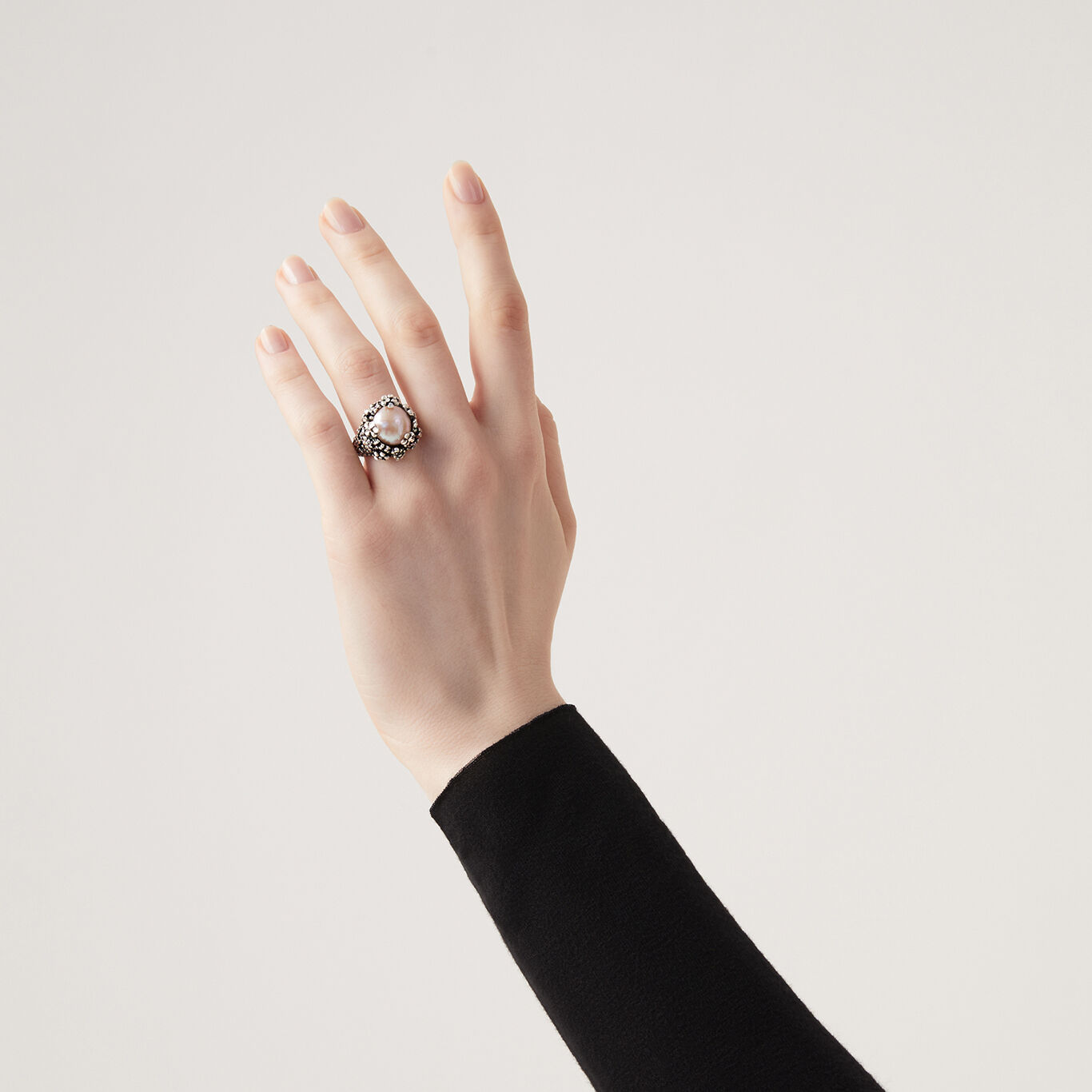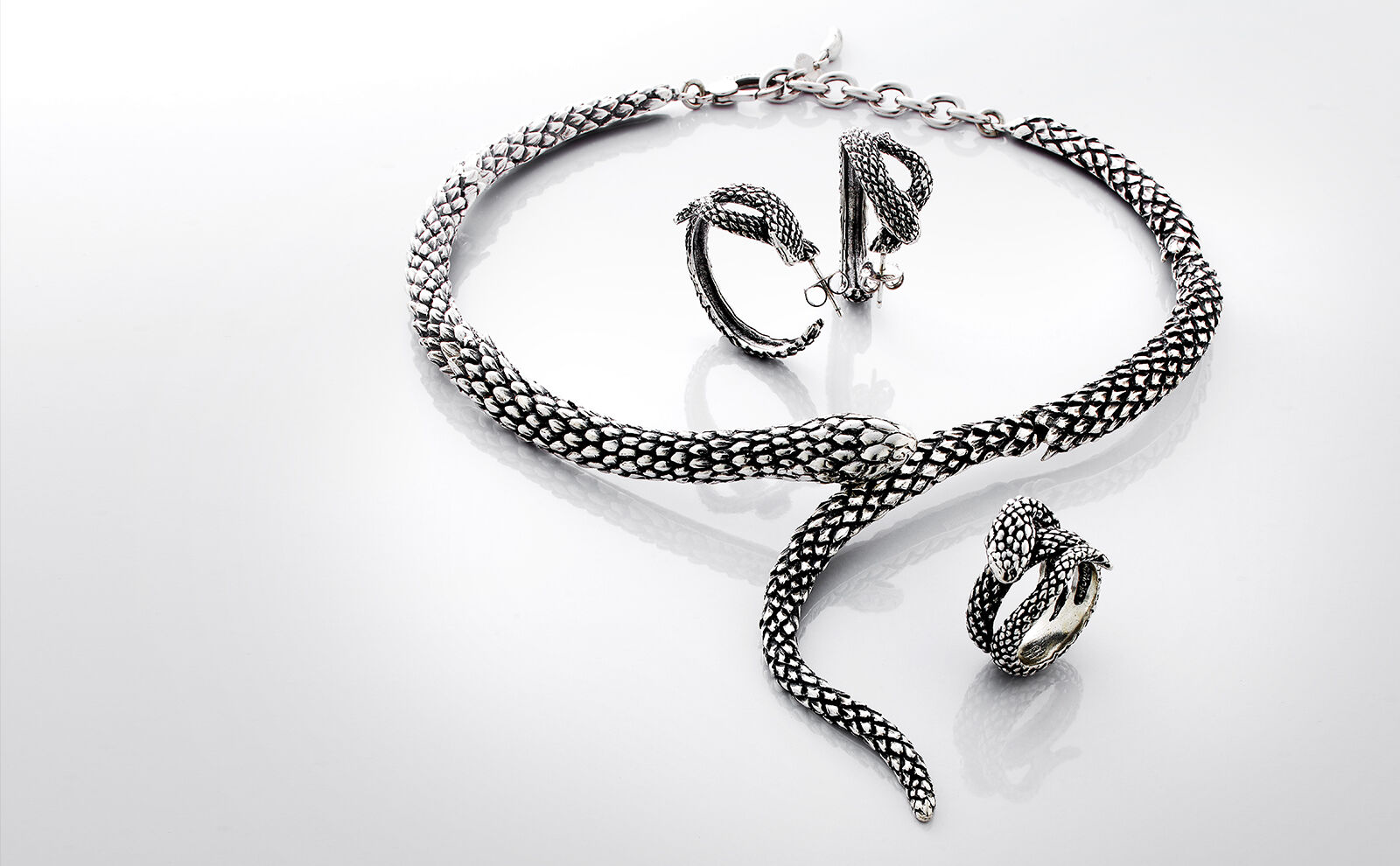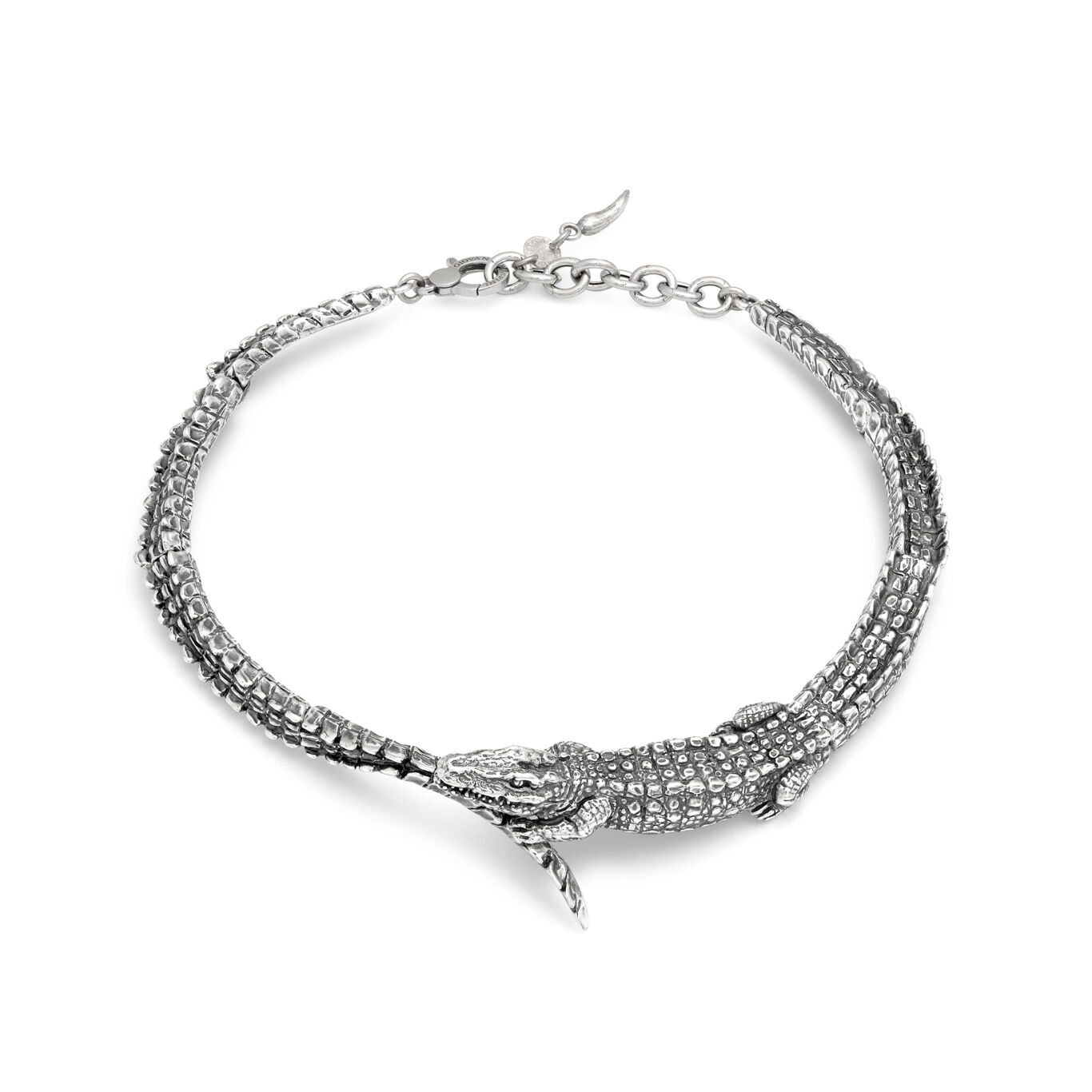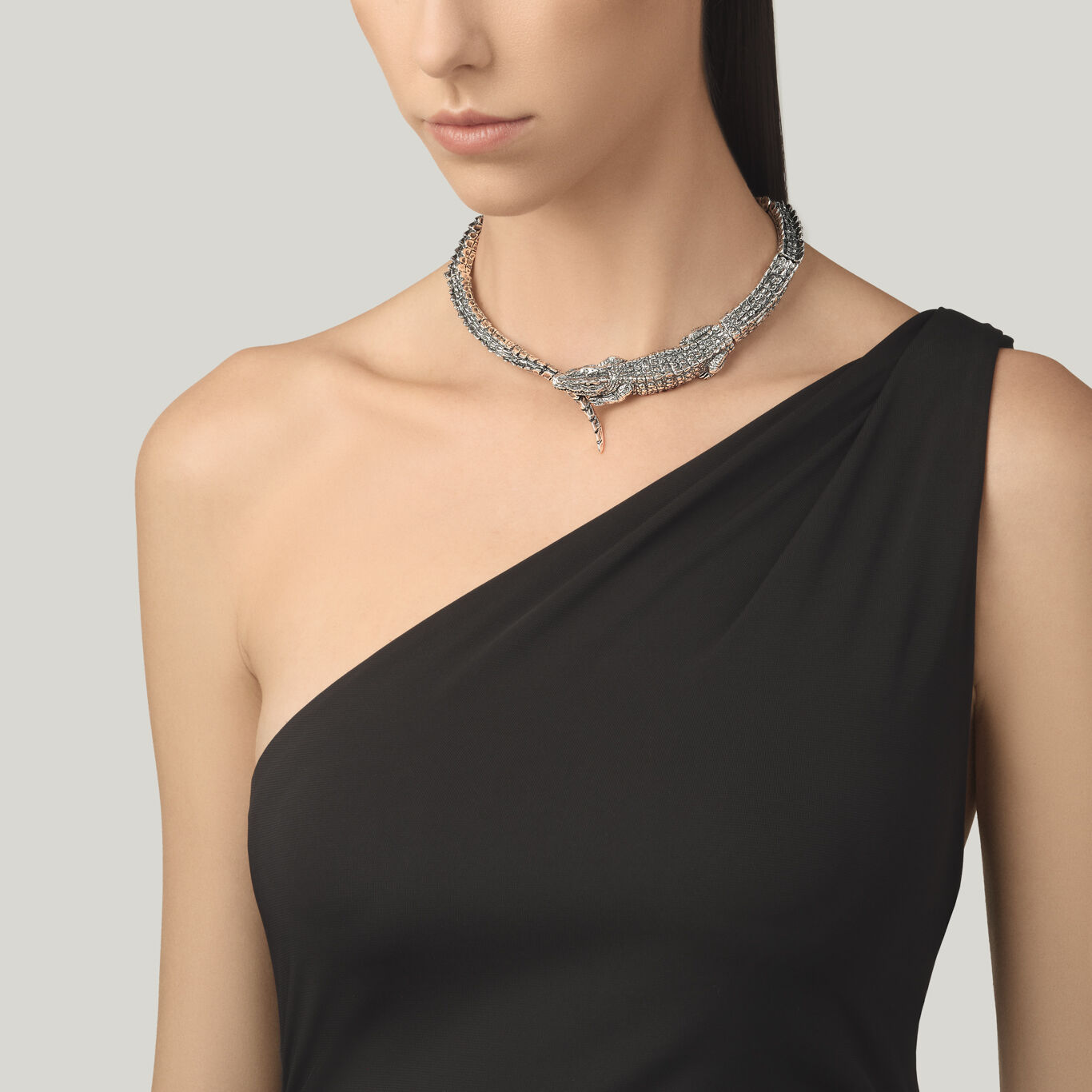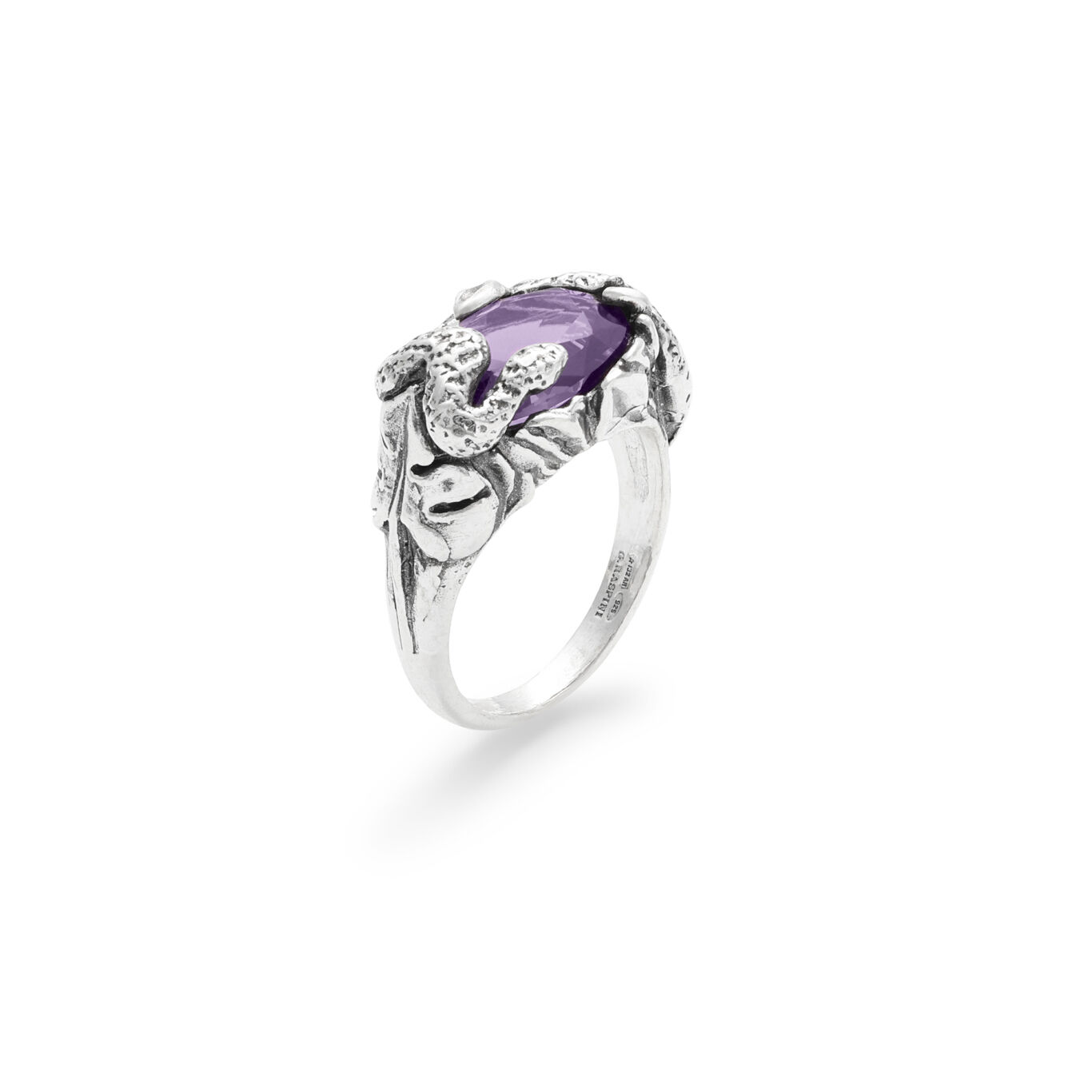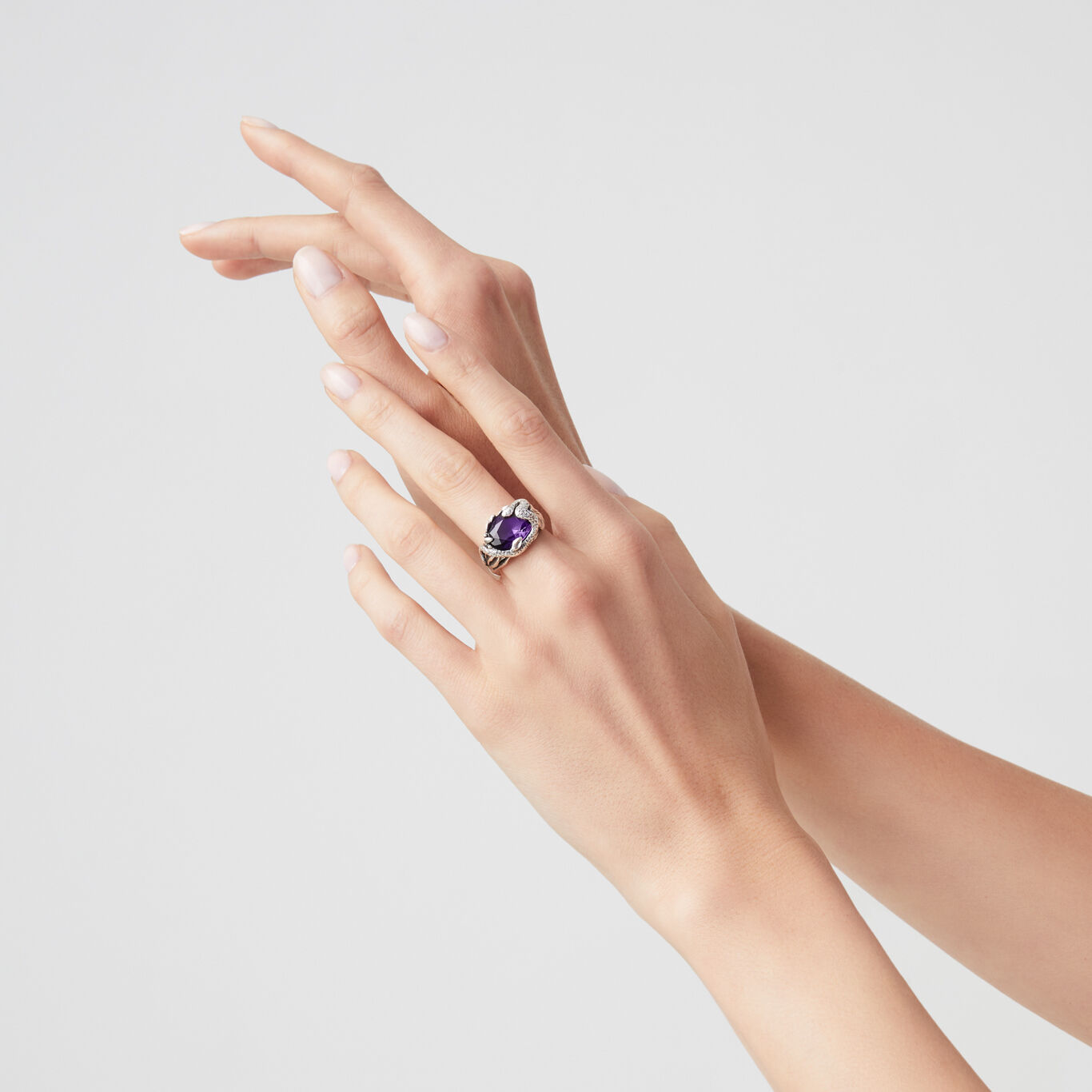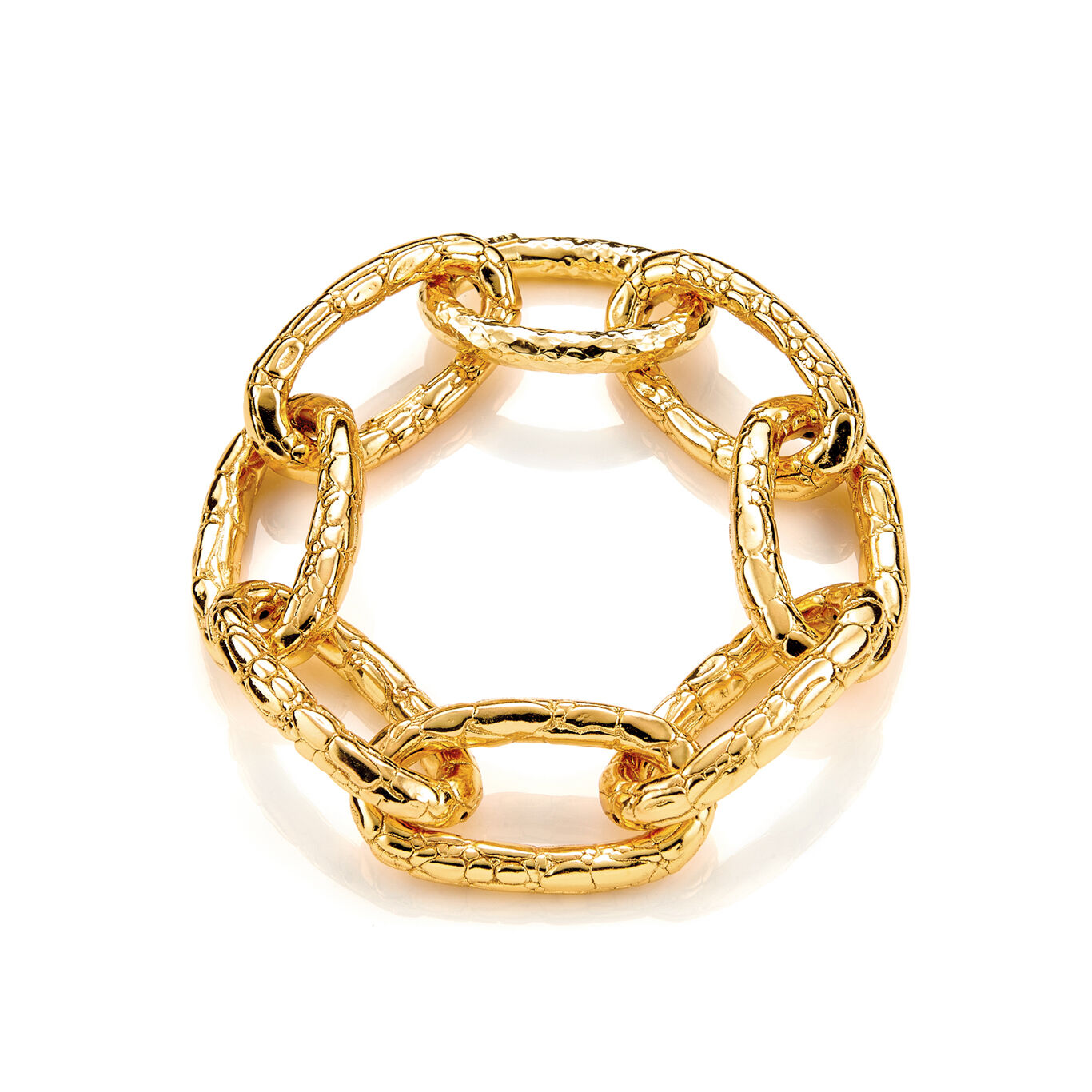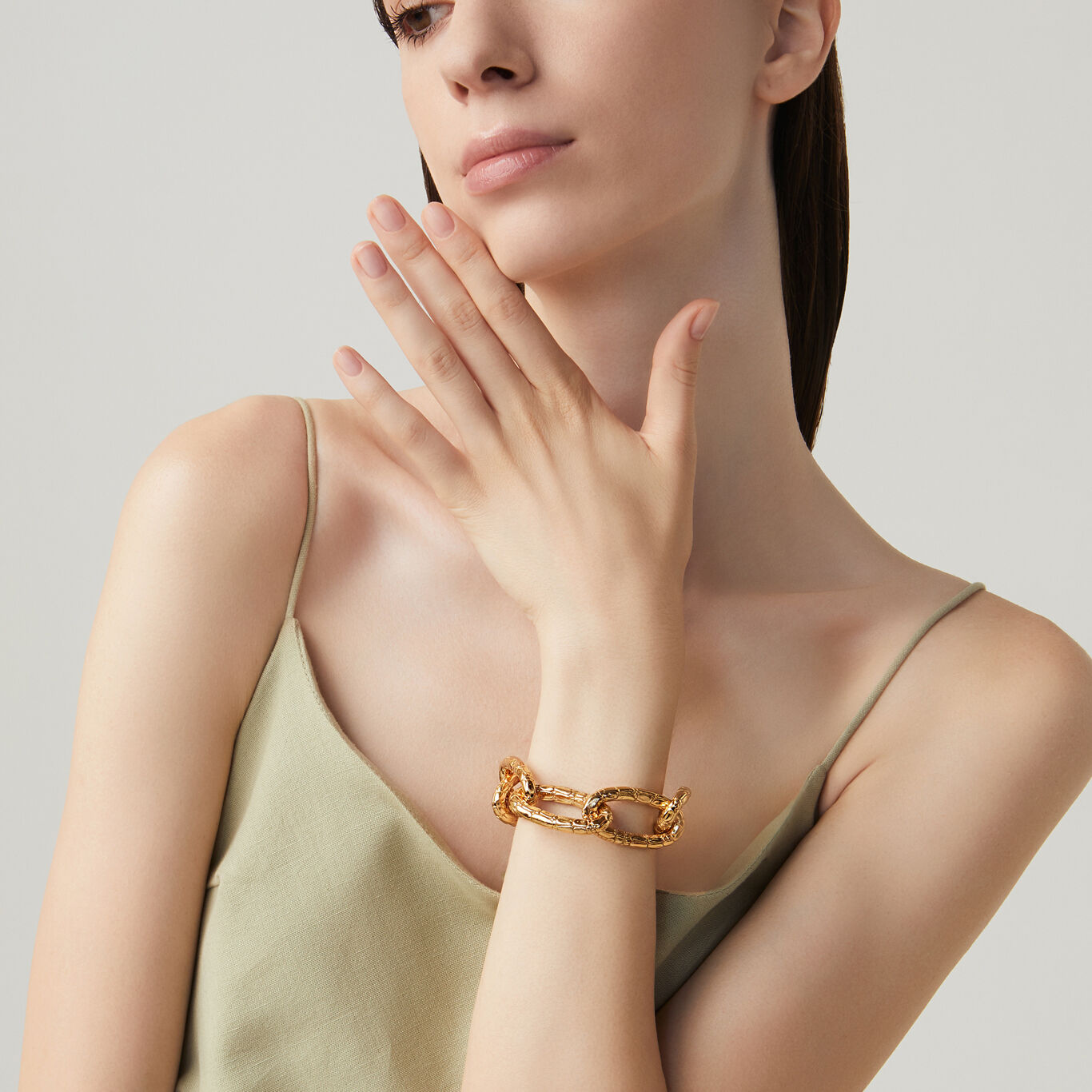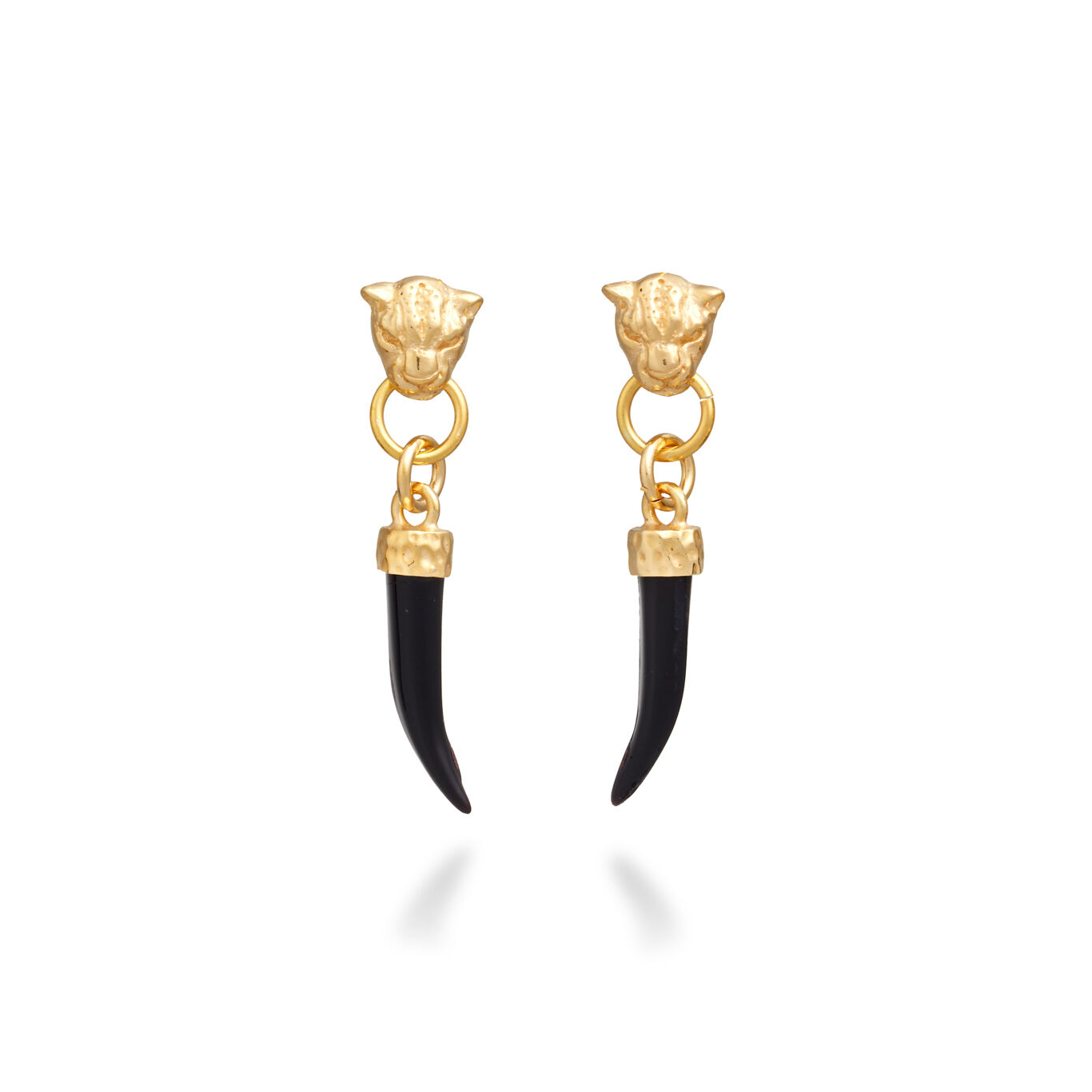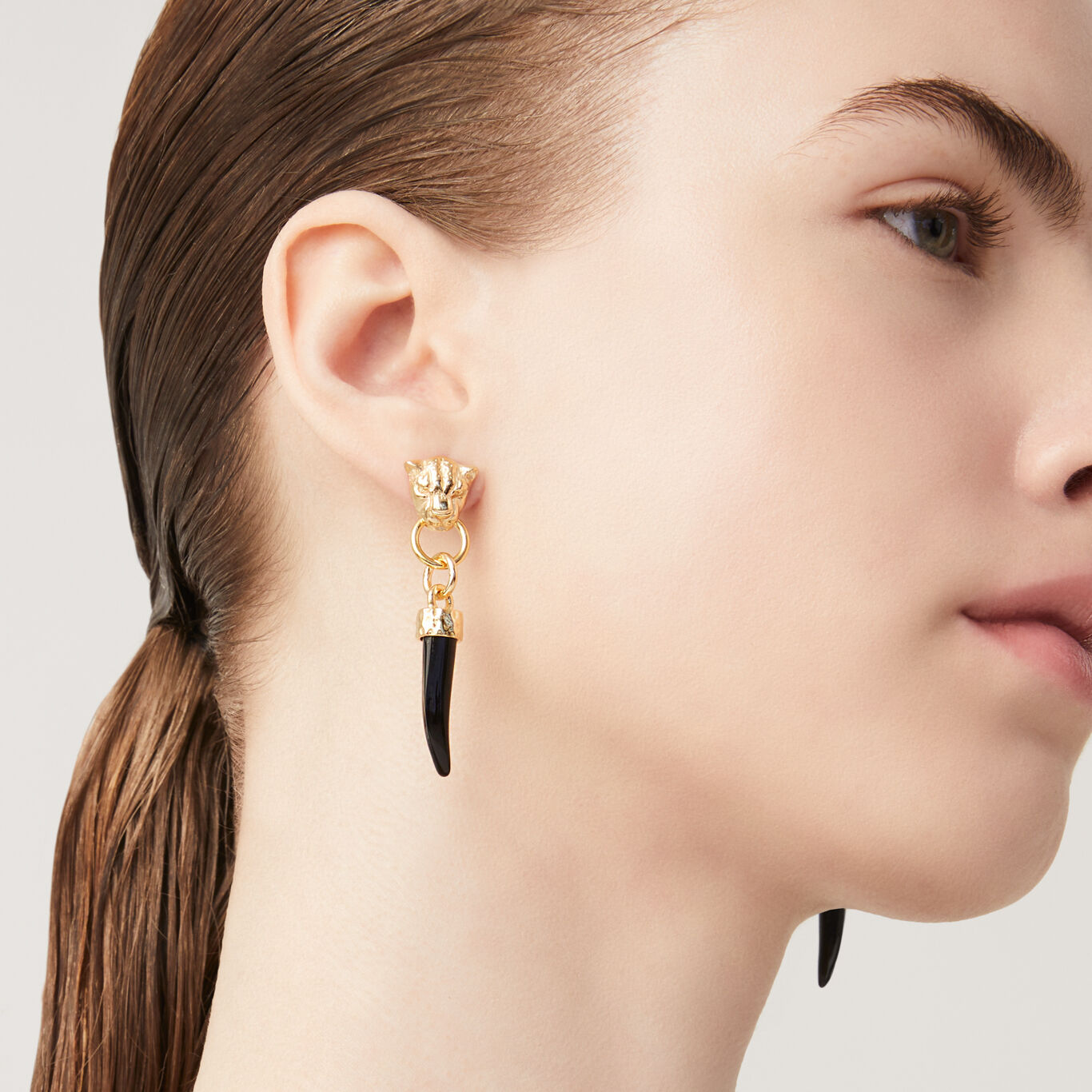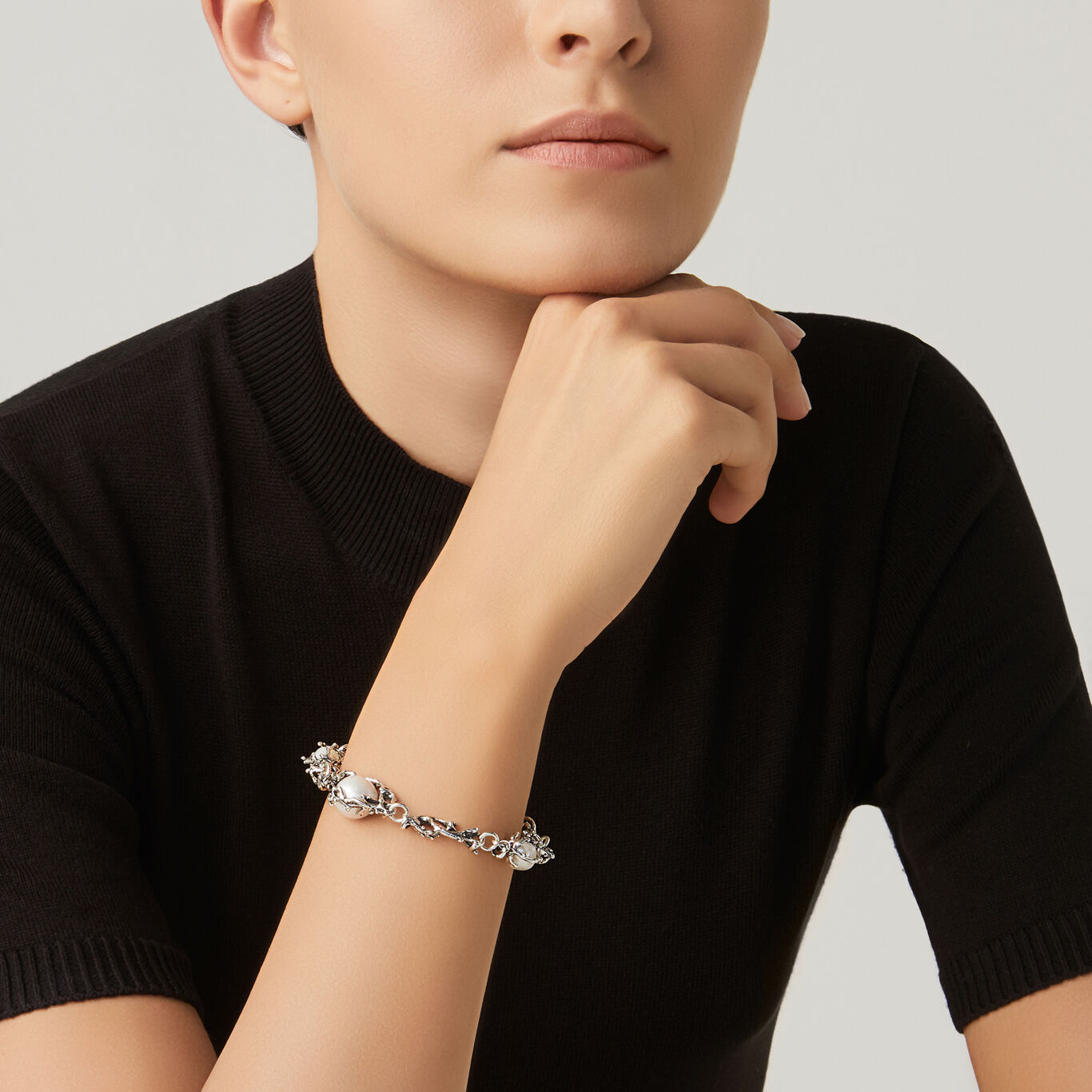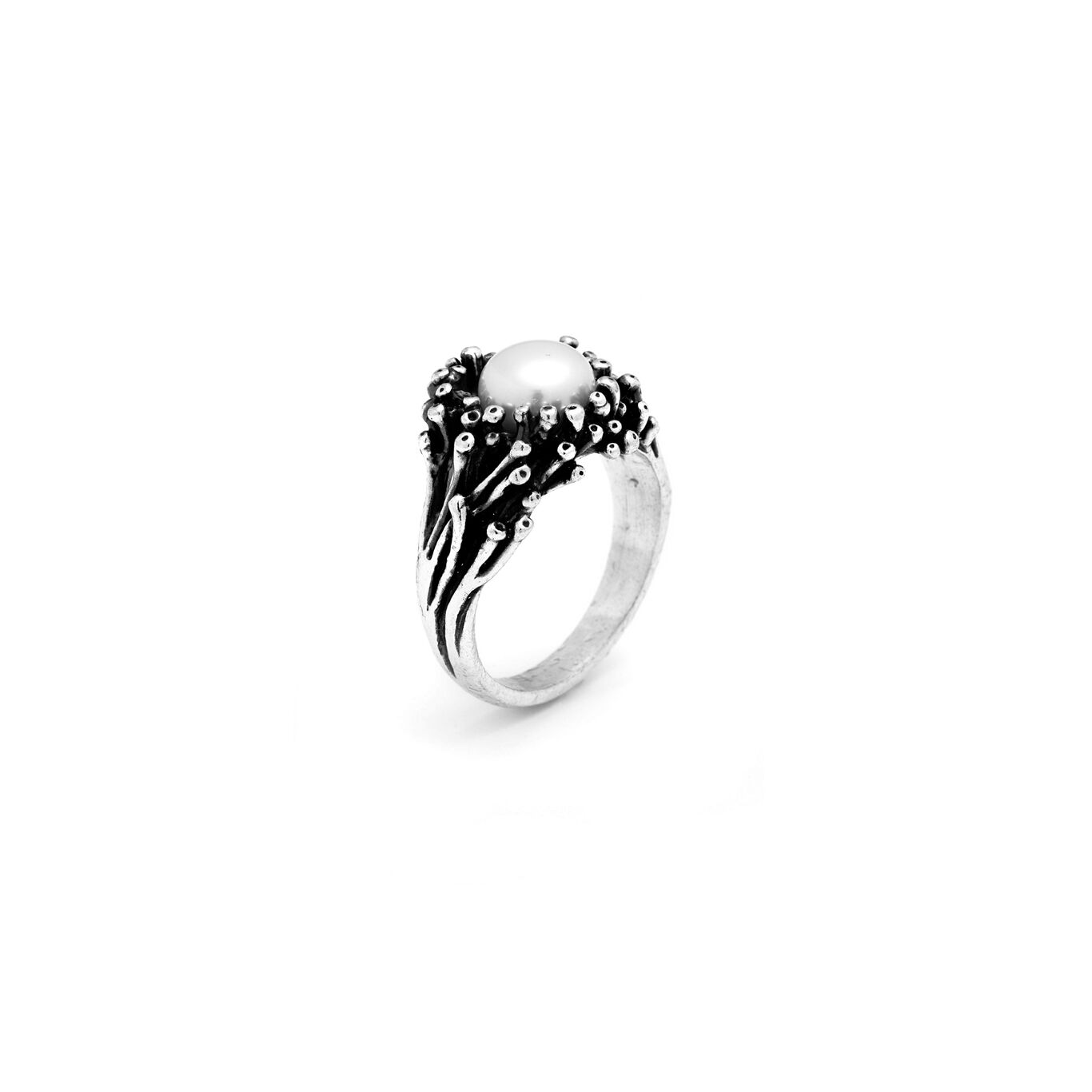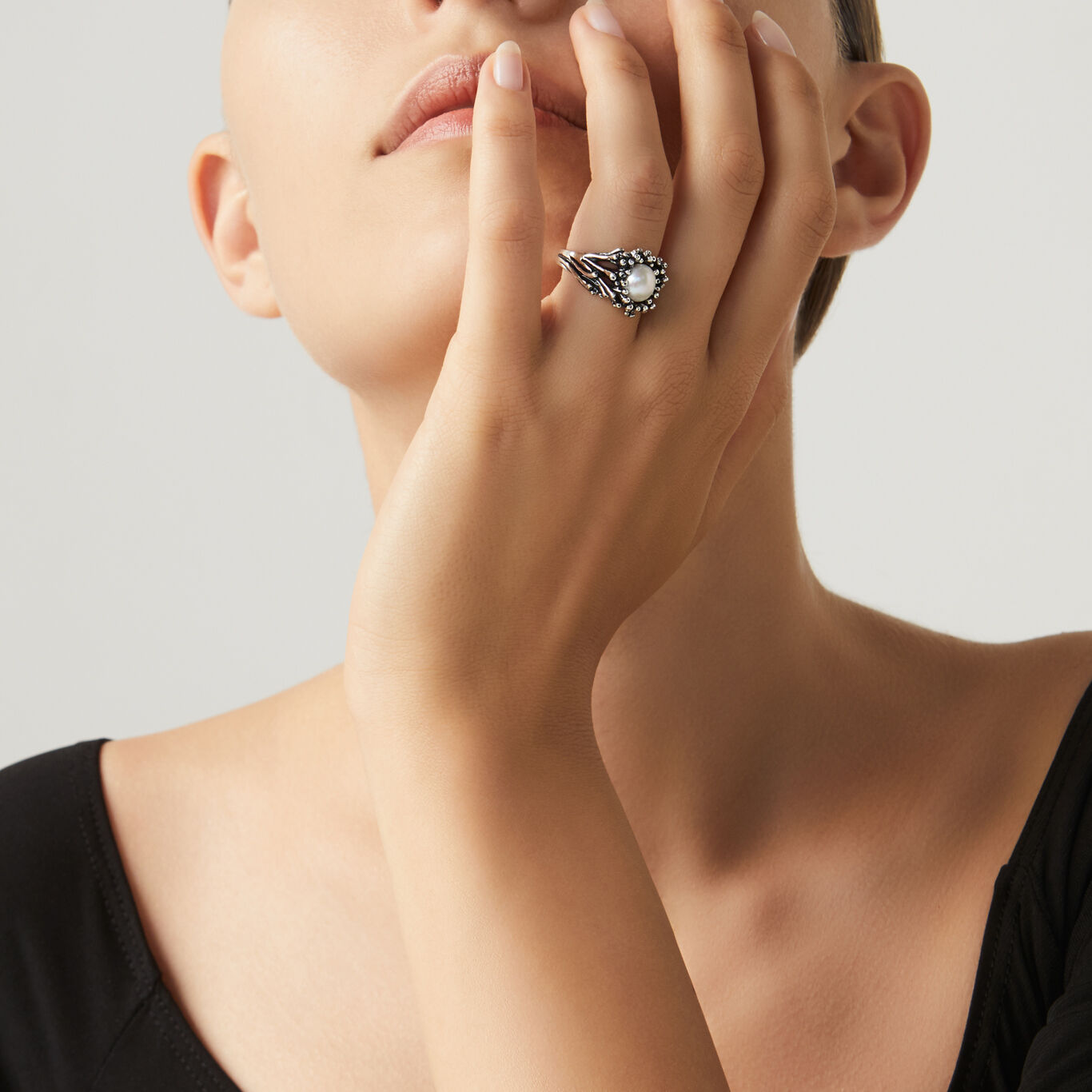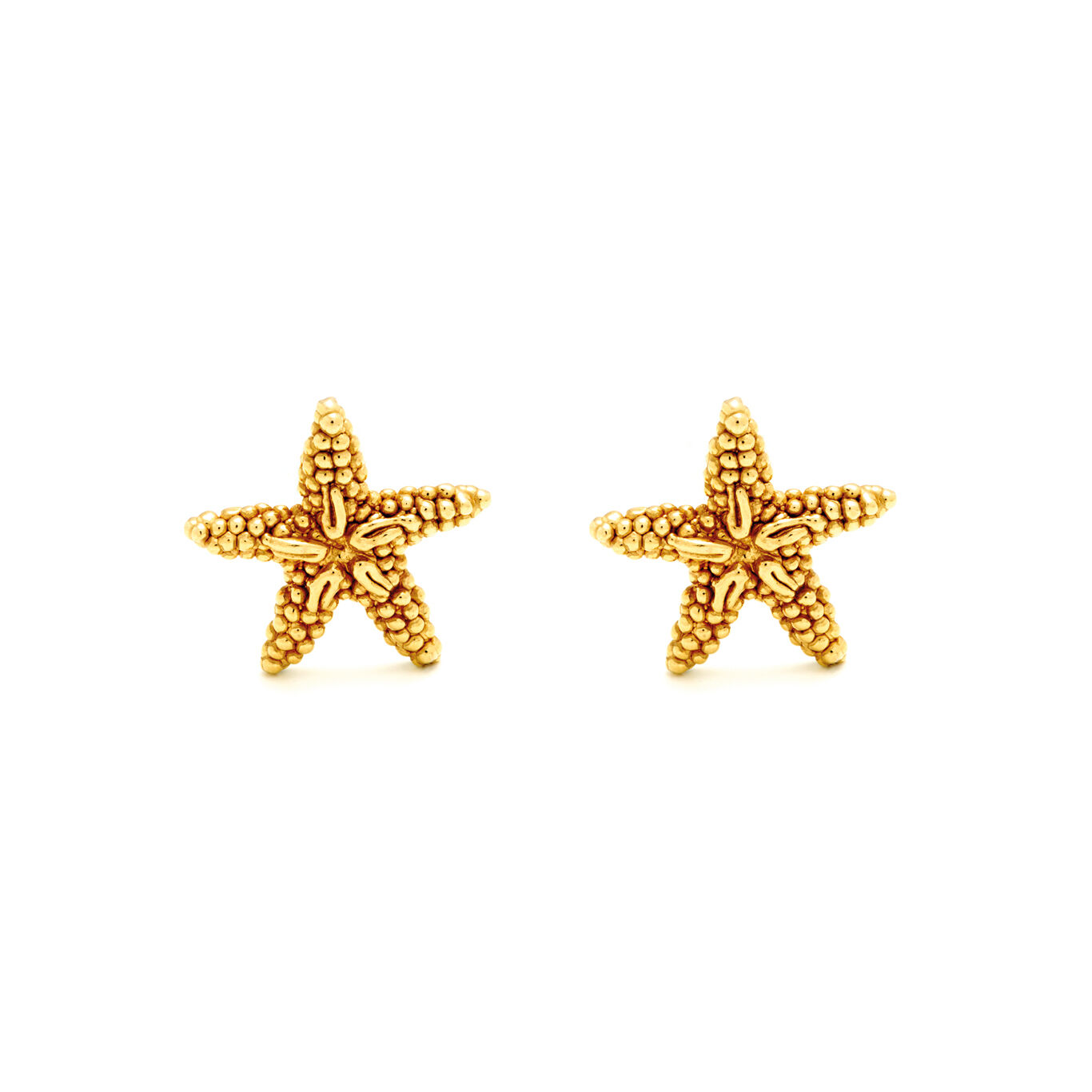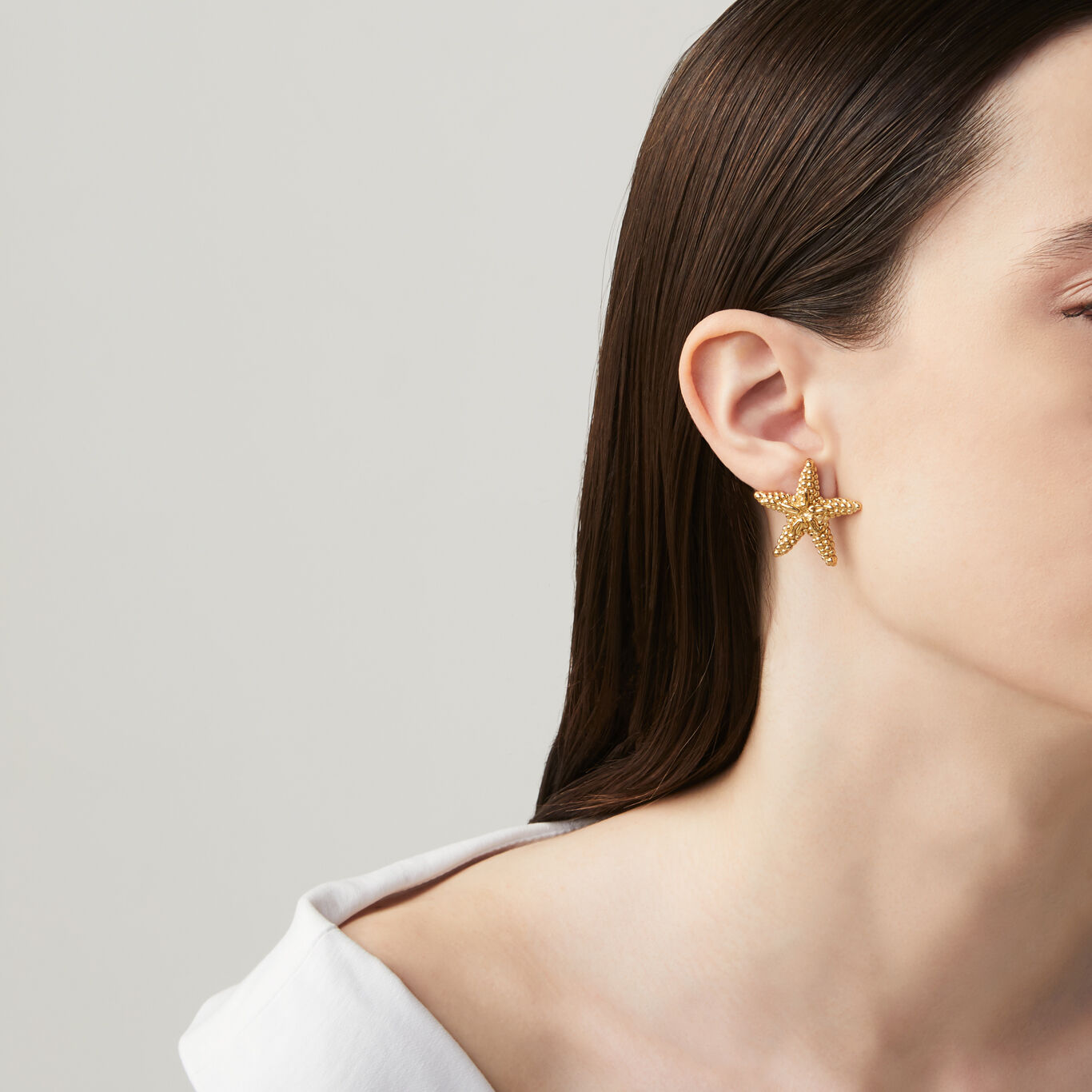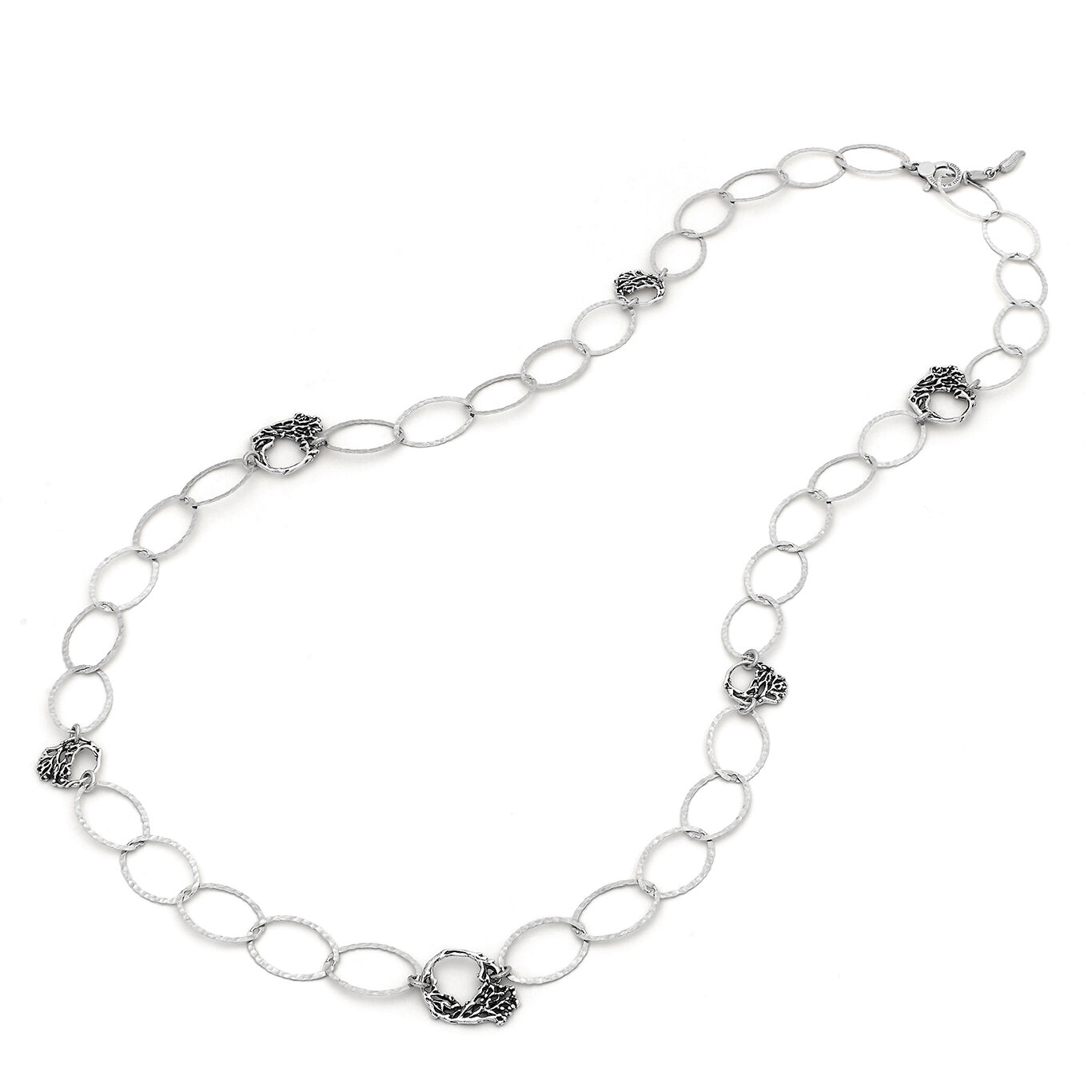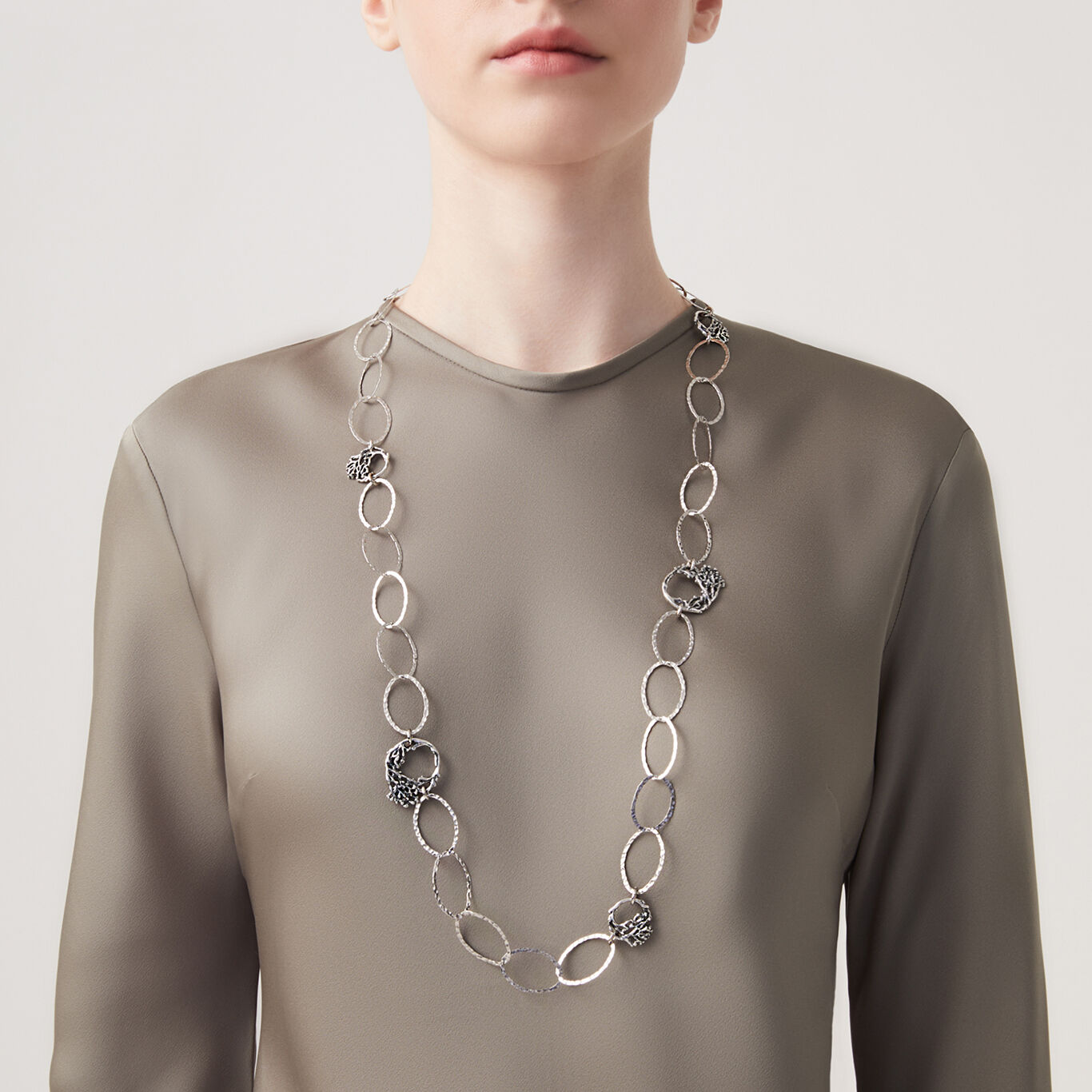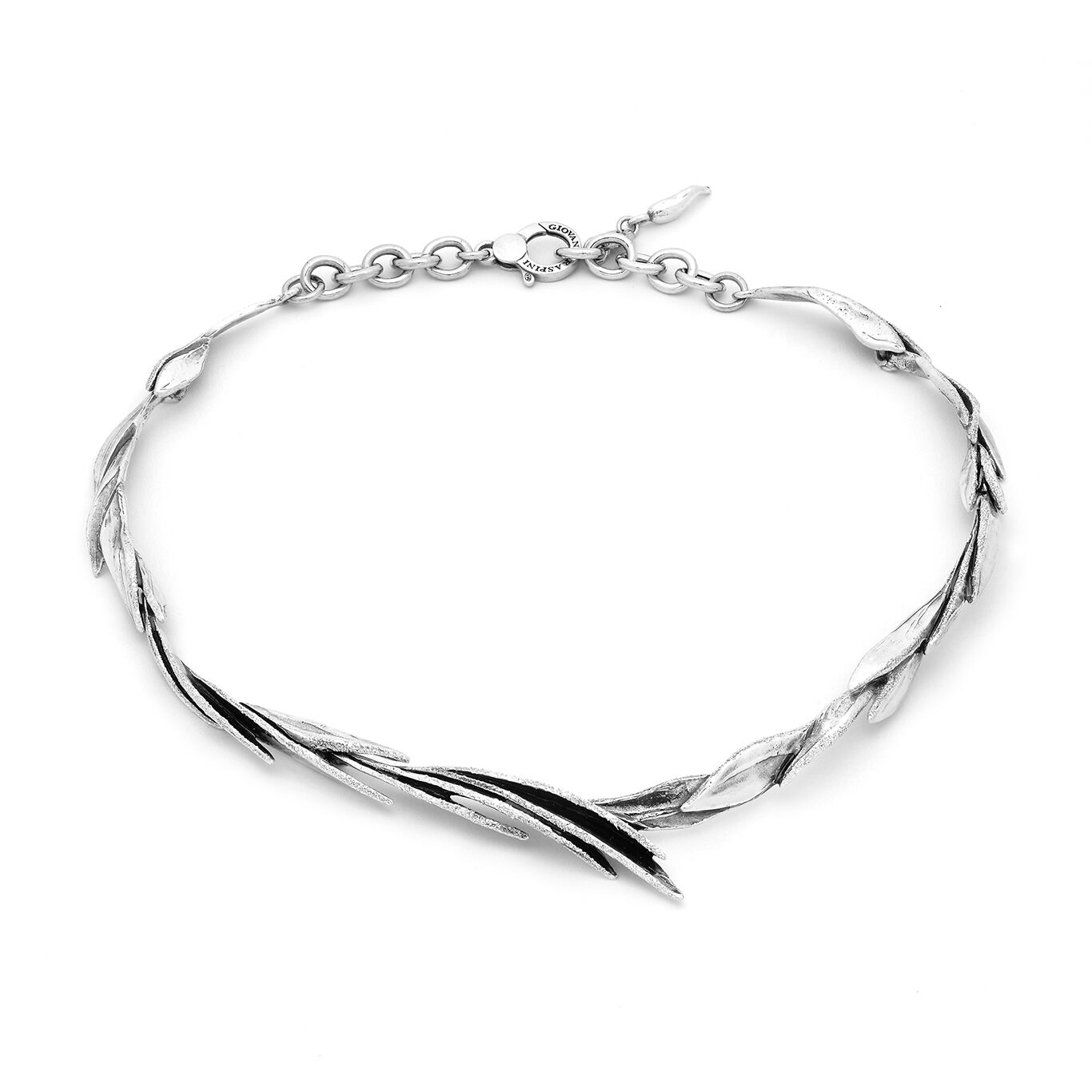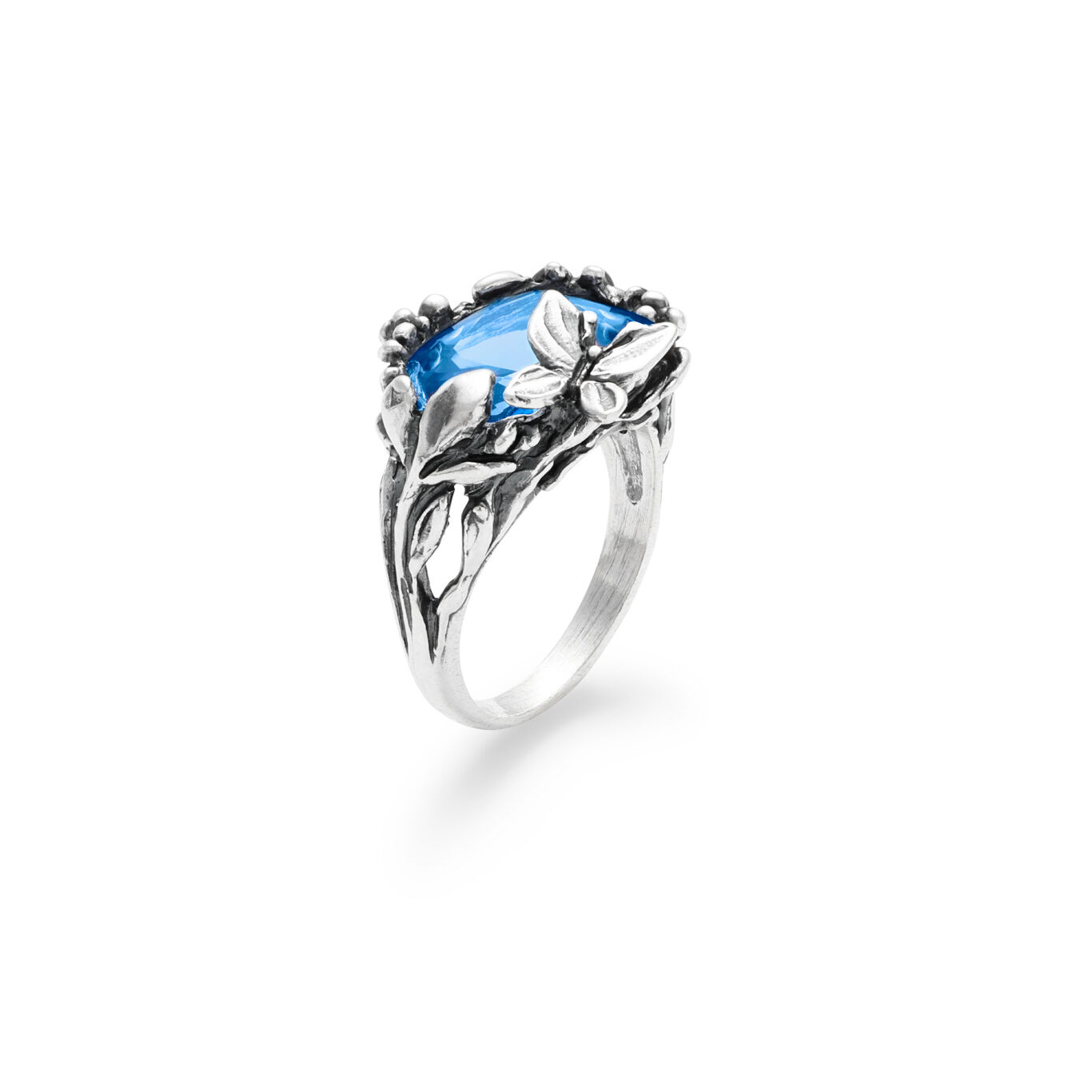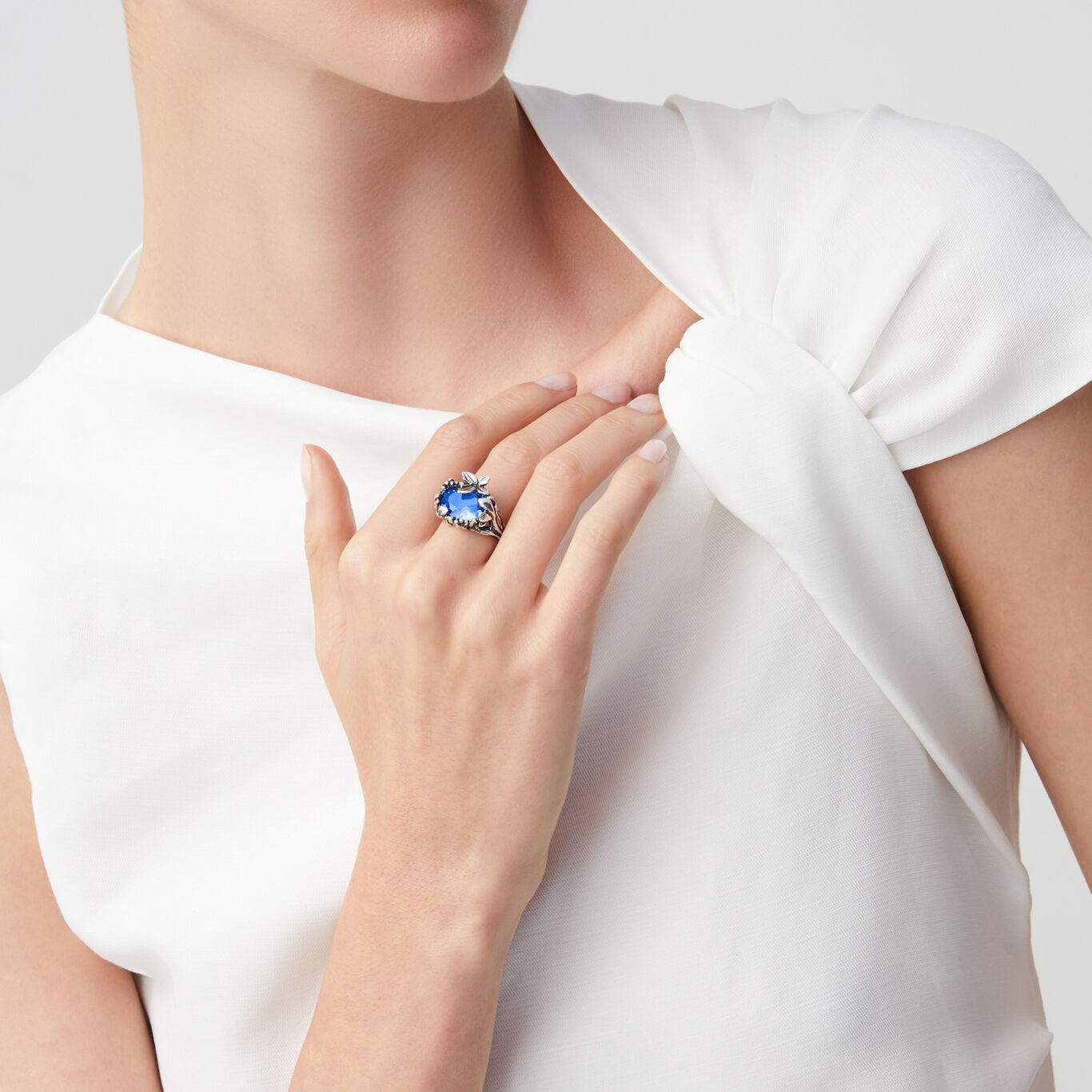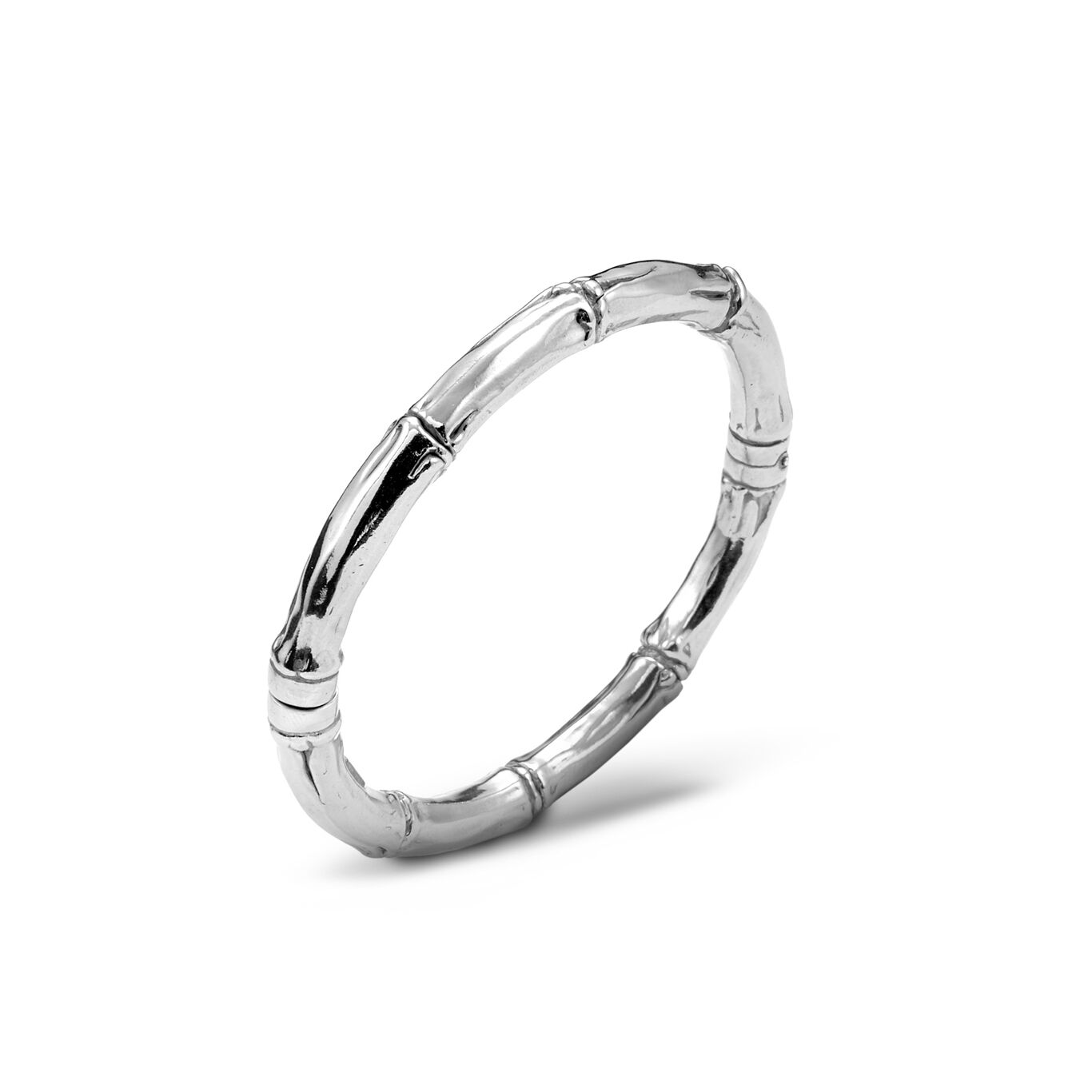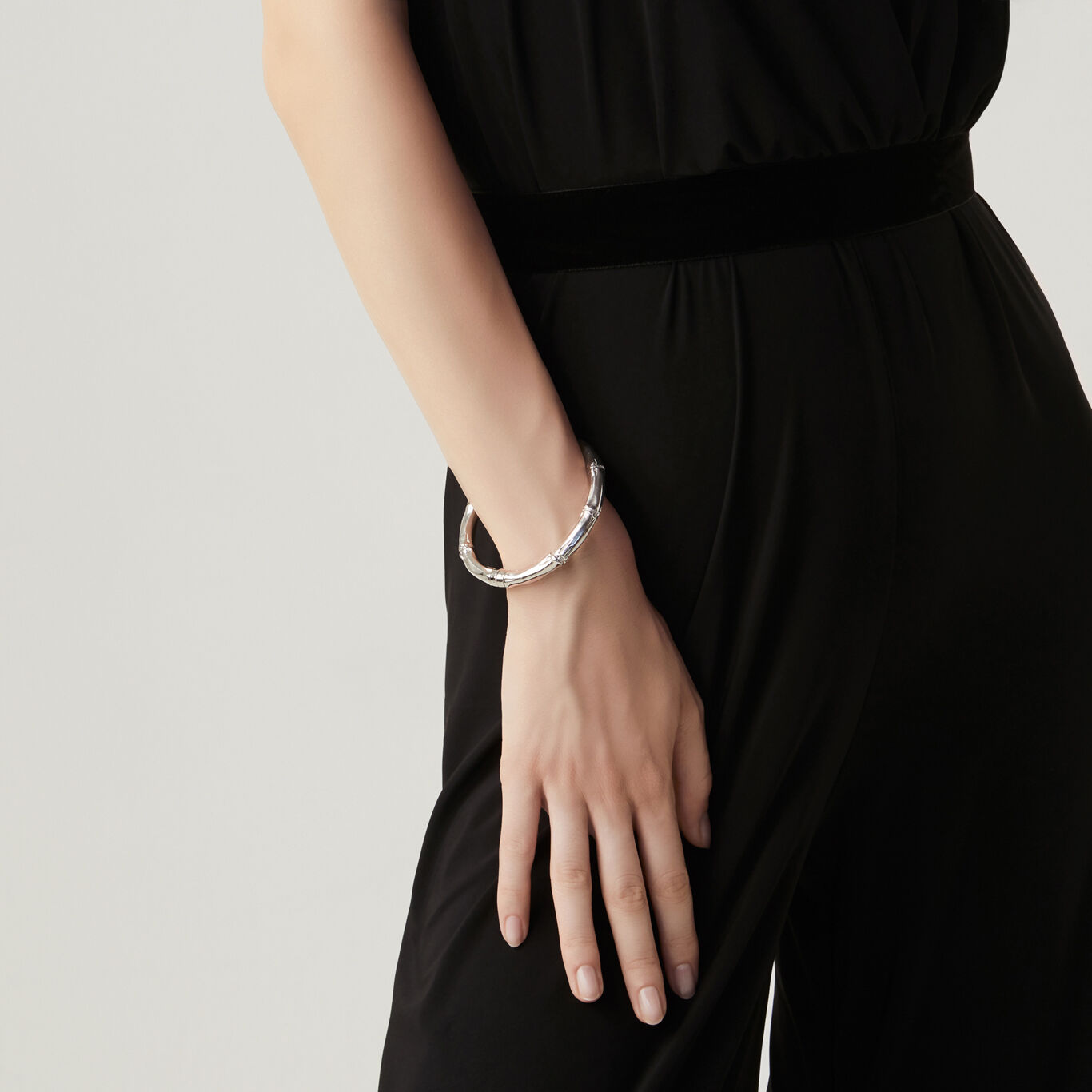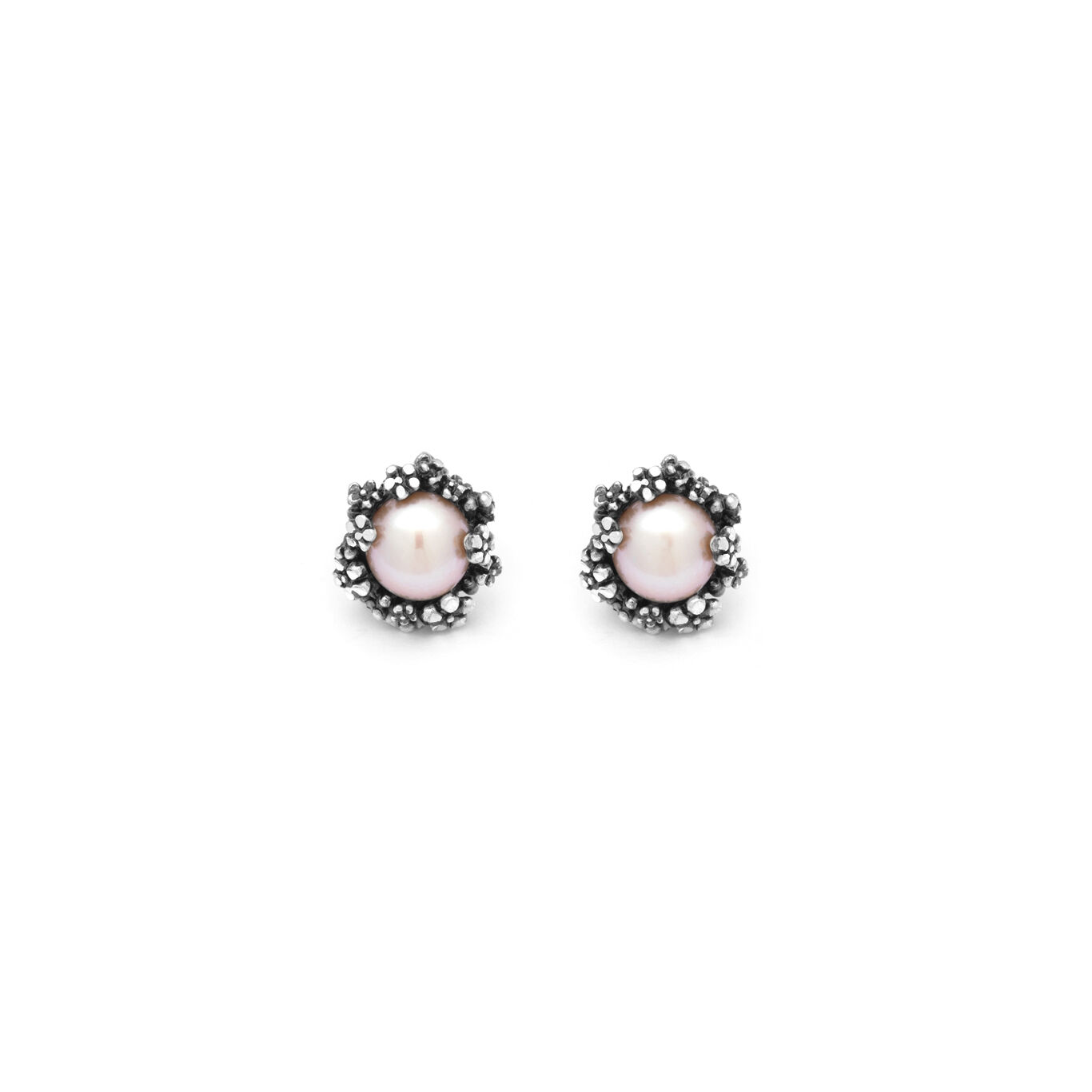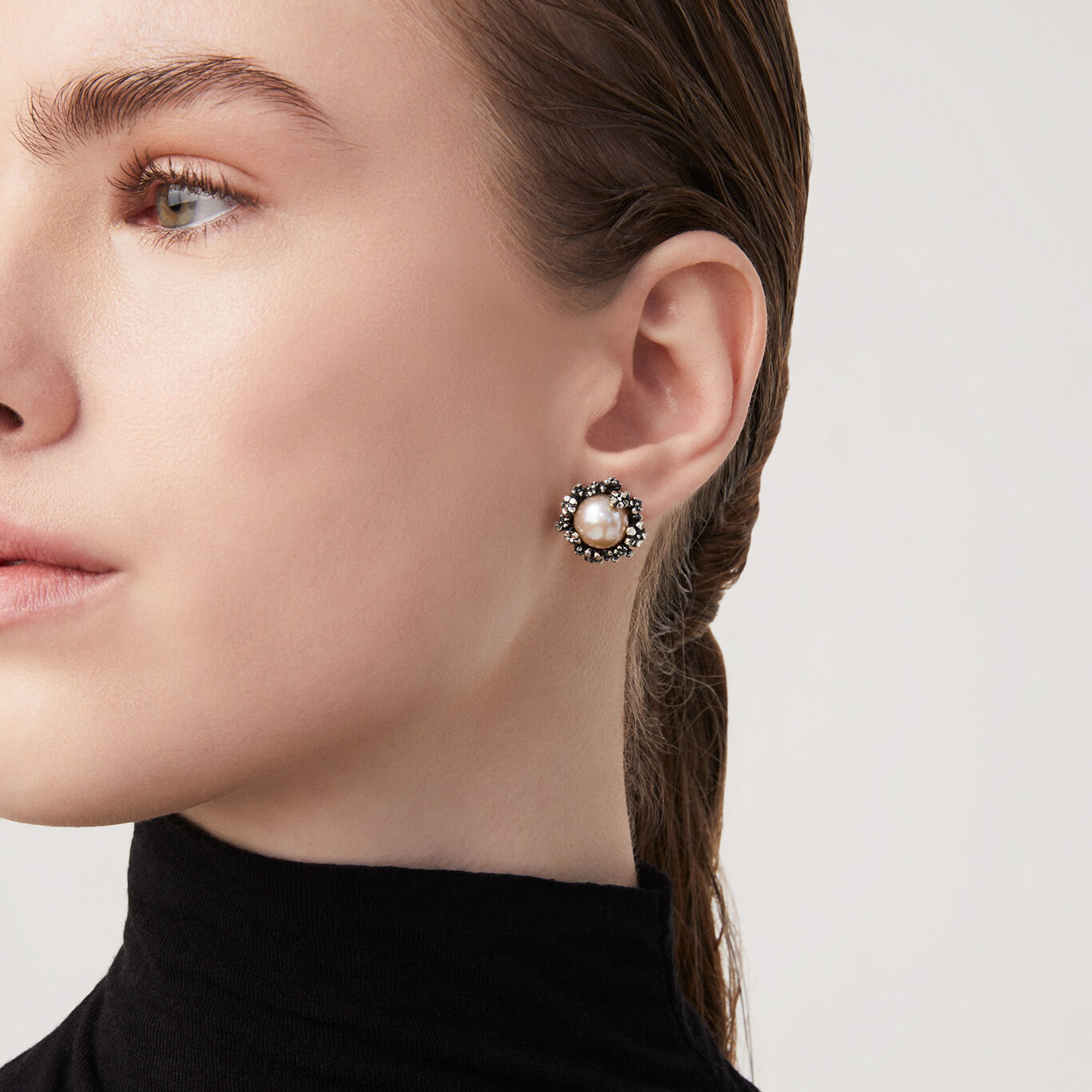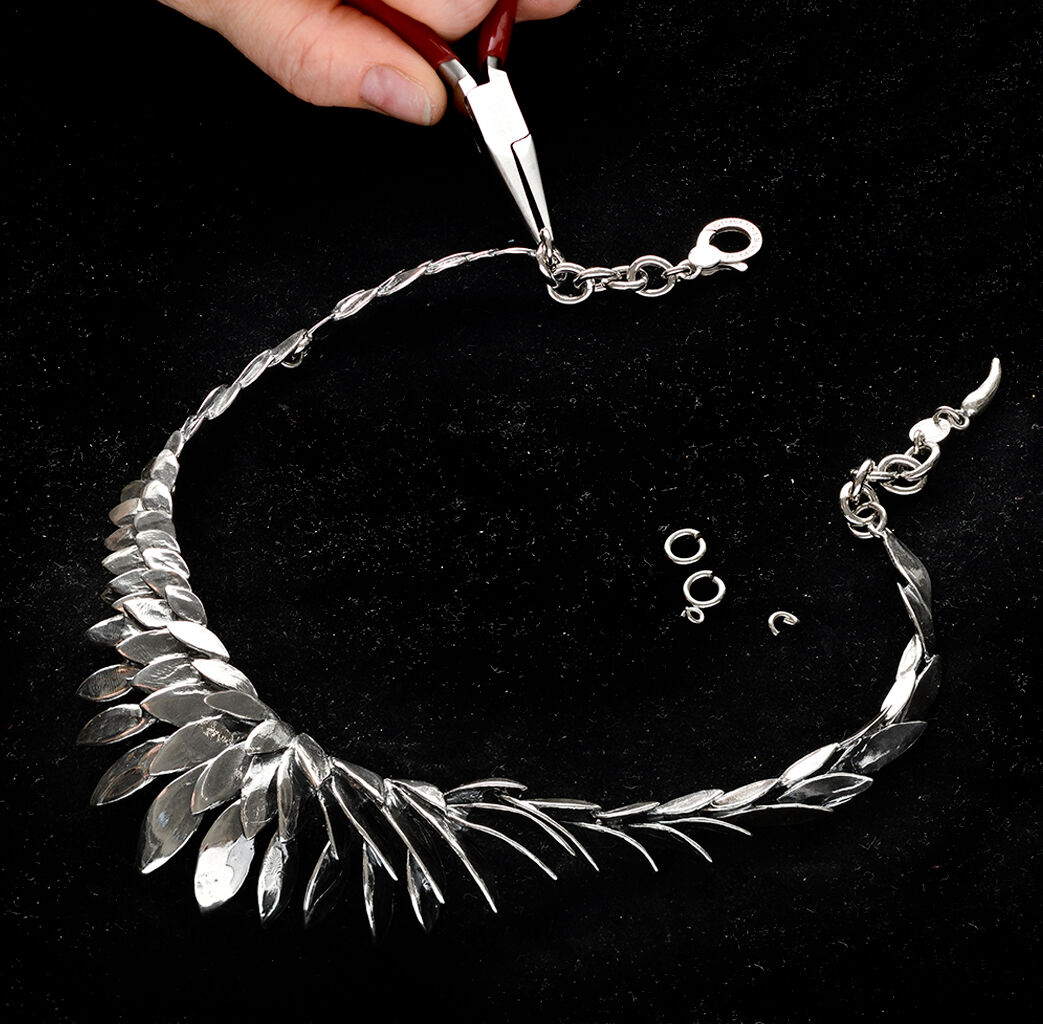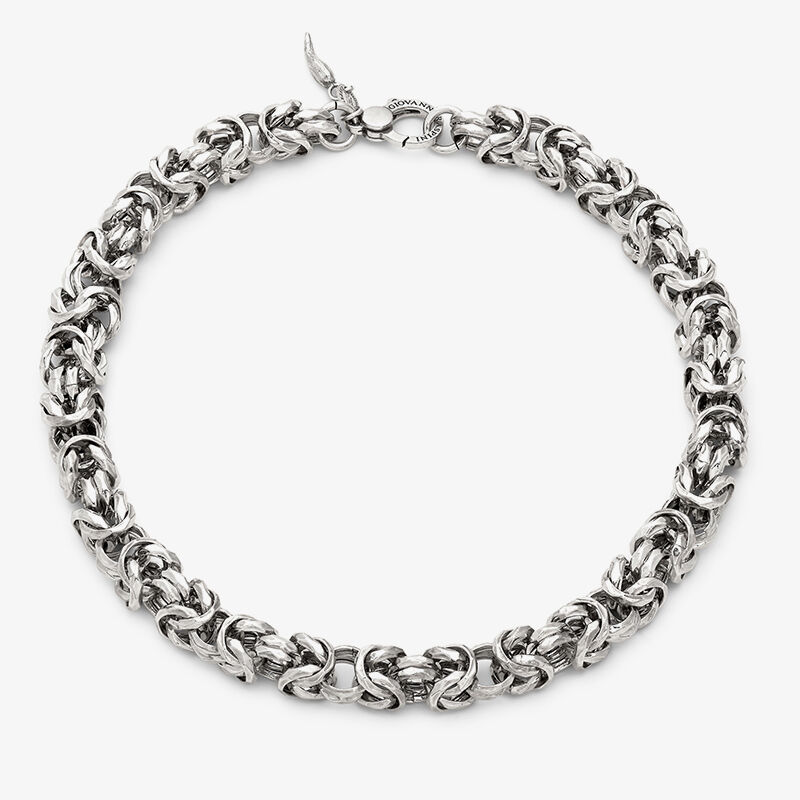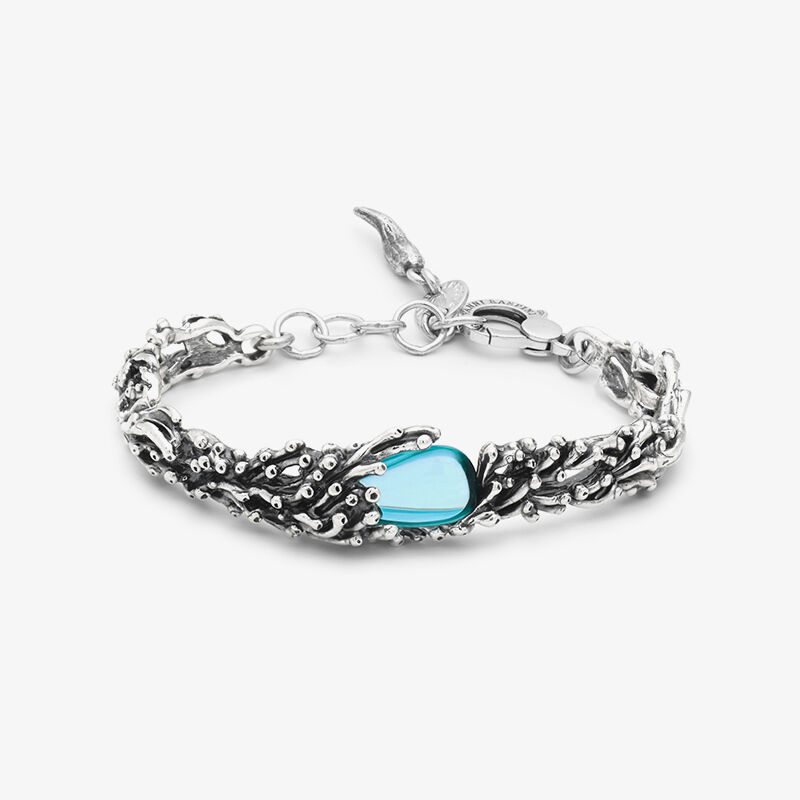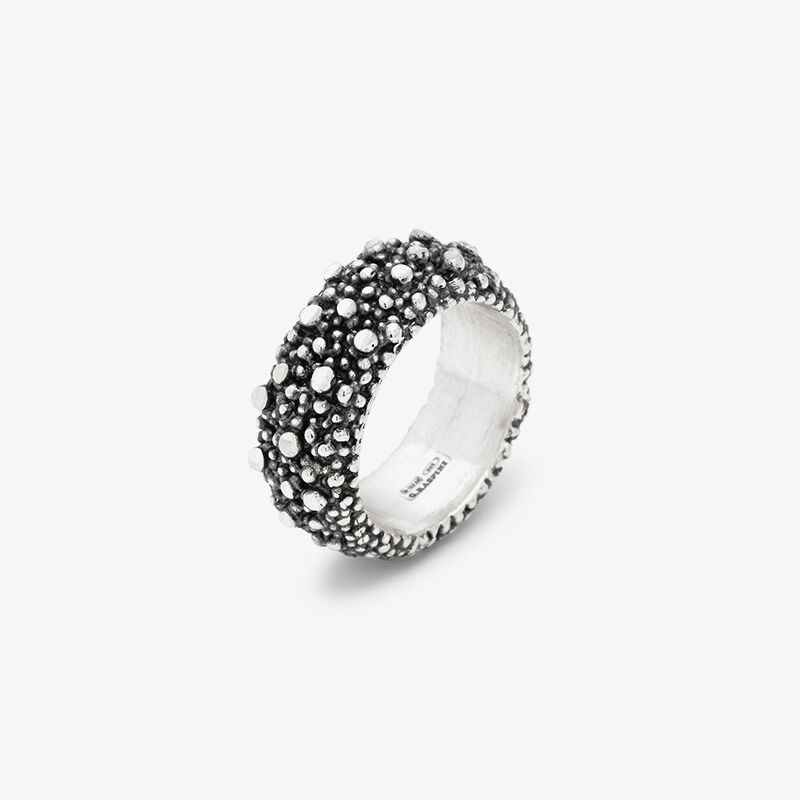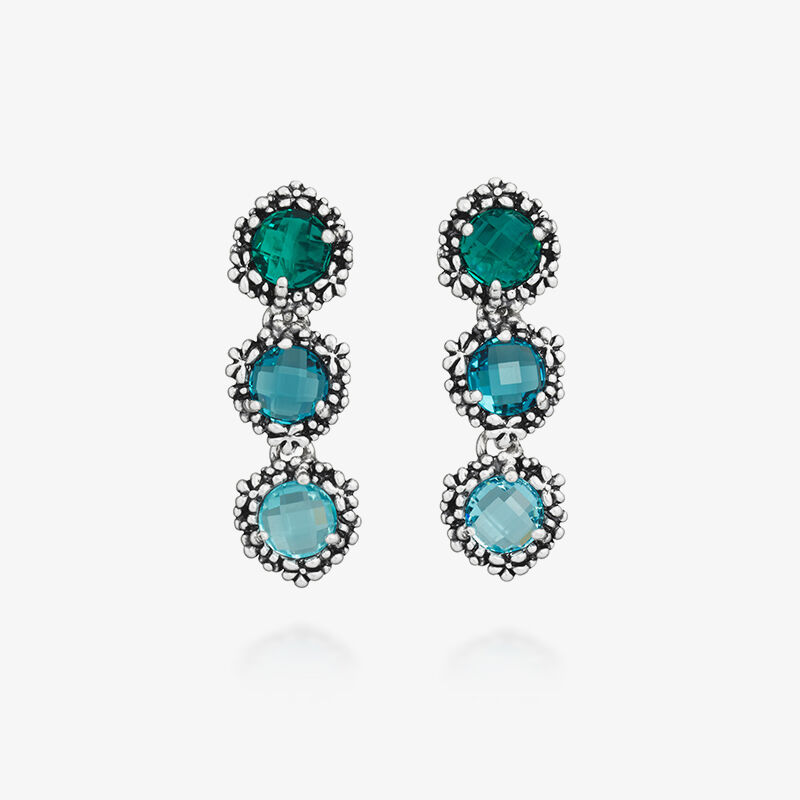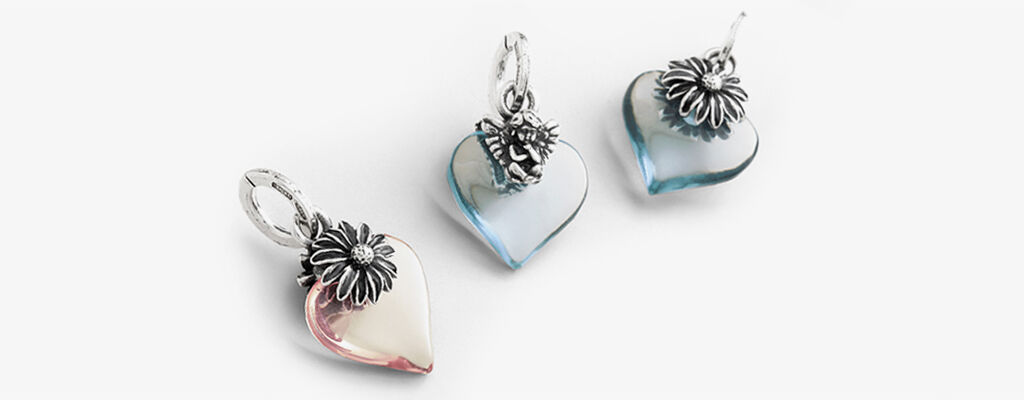Guide to Semi-Precious Stones: Characteristics, Symbolism, and Perfect Combinations
Thanks to their variety and versatility, semi-precious gemstones offer endless possibilities for creating captivating pieces of jewellery that suit every individual style. But what are semi-precious stones, and how do they differ from precious stones? In this helpful guide to discovering semi-precious stones, we answer some of the most common questions on the topic, highlighting their characteristics and symbolic meanings and recommending the best combinations to suit individual tastes.
Jewellery inspired by nature in antiquity
In Ancient Egypt, the scarab was one of the most frequently represented forms and is found in papyri, frescoes and decorative jewellery, as well as in funerary items as an amulet. A symbol of rebirth, it had a magical and apotropaic function, and adorned necklaces, bracelets and breastplates of pharaohs and ancient Egyptian nobility. Similarly, the lotus flower, typical of that natural context and closely linked to the sun and rebirth, was frequently represented in flower necklace pendants.
Inspiration by natural elements was also common among the Greeks, the Etruscans, and the Romans. In ancient Rome, a gold snake-shaped bracelet often adorned the forearm or fingers of women, a practice that was also widespread in Egyptian, Etruscan and Greek worlds, perhaps one of the earliest models of animalier rings!
On official occasions, Roman emperors would wear gold crowns in the shape of laurel or inspired by the rays of the sun, as numerous coins of the time testify. A curious detail concerns the hairpins used by Greek and Roman women to keep their hair in place. Such hairpins would often feature natural elements such as an acorn, a flower bud, or an animal head
Middle Ages and Renaissance
During the Middle Ages, bracelets and pendants in the Celtic-inspired tradition featured intricate geometric patterns that evoked natural elements, often charged with symbolic meanings. These jewels served as talismans with protective purposes, both in earthly life and in the afterlife.
With the Renaissance, jewellery acquired further symbolic significance, often drawing inspiration from scenes reproduced in Roman cameos, such as the one depicted in Sandro Botticelli's 'Portrait of a Young Woman'. In the master's famous 'Venus', the goddess wears the lunula, an amulet in the shape of a lunar wedge worn by Roman women to invoke fertility.
During this period, both fantastic and real animals appeared in pendants to be worn around the neck. In Raphael Sanzio's 'Portrait of Maddalena Doni', the unicorn, symbol of chastity, surrounds an emerald, an omen of fertility. In the portrait of Elisabetta Gonzaga, painted by the same artist, one can observe a scorpion, representing virtue as opposed to violence, positioned on her forehead.
These examples can be considered precursors of modern animalier necklaces, which continue to celebrate the beauty and symbolism of the natural world.
Must Have
Discover nowThe contemporary era: a riot of floral and animal jewellery
In the late 19th and early 20th century, Art Nouveau, also known as the Liberty style, found its main source of inspiration in the plant and animal world, elevating jewellery to an art form of extraordinary refinement and sublime quality. During this period, the introduction of new materials and manufacturing techniques allowed jewellery with flowers and animals to gain popularity among different social classes.
Among the most famous jewellers, René Lalique and Fabergé stood out for their creation of exquisitely styled, highly elegant jewellery. Fabergé, in particular, is known for his famous series of ornamental Easter eggs in the Rococo and Art Nouveau styles, which contained surprises, pictures and small toys made of precious metals and stones.
The egg, widely used in the iconography of many cultures since antiquity, symbolised rebirth and the exorcism of death. In Piero della Francesca's famous Montefeltro Altarpiece, the egg represents both purity and perfection and the future resurrection of Christ, taking on a profound religious significance.
During this period, jewellers went from being skilled craftsmen to sophisticated designers who paid great attention to the needs and status of their customers, contributing to the changing styles and innovation in jewellery.
The Awakening of Nature in contemporary jewellery
Today, we are witnessing a renaissance of local artisan workshops, which explore the world of Nature and re-propose it with unique and fascinating creations. These artisan brands draw inspiration from specific natural elements, transforming flora and fauna into jewellery that enchants with its beauty and originality. Italian savoir-faire, renowned for its attention to detail and excellent craftsmanship, allows these workshops to create goldsmith masterpieces that are appreciated worldwide.
These jewels not only celebrate the magnificence of nature, but also represent a deep connection to local cultural and artistic traditions. Each piece tells a story, interweaving the rich heritage of the past with the innovative design of the present. This fusion of tradition and modernity allows artisanal workshops to stand out, offering creations that are true works of art and capture the imagination and the heart of the wearer.
These jewels not only celebrate the magnificence of nature, but also represent a deep connection to local cultural and artistic traditions. Each piece tells a story, interweaving the rich heritage of the past with the innovative design of the present. This fusion of tradition and modernity allows artisanal workshops to stand out, offering creations that are true works of art and capture the imagination and the heart of the wearer.
The Atelier of Giovanni Raspini, for example, has developed a Collection of Animalier rings, necklaces and bracelets with striking details and unexpected textures such as that of crocodile skin. This collection features entwined snakes, leopards languidly reclining on jewellery elements and chameleons with observant eyes, each bearing the typical symbolism of strength, freedom and protection.
Animalier
Explore nowMare Collection
In addition, the Mare Collection reproduces marine elements such as starfish, corals, and anemones and the precious posidonia, all symbols of marine life that feed the ocean ecosystem.
Floral Collection
Finally, the Floral Collection celebrates the beauty of nature with jewellery inspired by delicate cherry blossoms, bamboo, leaves, daisies, and butterflies. This riot of flower bracelets, daisy necklaces and floral earrings expresses a deep connection with the natural world, turning each piece into a work of art that enchants and inspires.
Natural Jewellery: Emotions, Beauty, and Craftsmanship
Jewellery inspired by nature continues to enchant with its timeless allure. They evoke a deep emotional connection, evoking pleasant memories or embodying profound meanings, such as the symbolism of flowers or the egg iconography we explored earlier. The aesthetics and design of these jewellery pieces never cease to amaze, day after day, with such a faithful reproduction of natural elements that they almost seem to come to life at a fleeting glance.
Their extreme versatility makes them suitable for numerous occasions, from the most formal settings to everyday life. The appreciation for the careful workmanship and craftsmanship of the artisans, who use precious metals, precious stones and both ancient and modern techniques, makes these jewellery pieces priceless.
The jewellery inspired by nature is thus transformed into true masterpieces of goldsmithing art, conveying the complexity and beauty of the natural world and allowing the wearer to take a fragment of this wonder with them.
Discover jewellery with flowers and animals by Giovanni Raspini: a journey through the splendour of Nature in all its forms.
